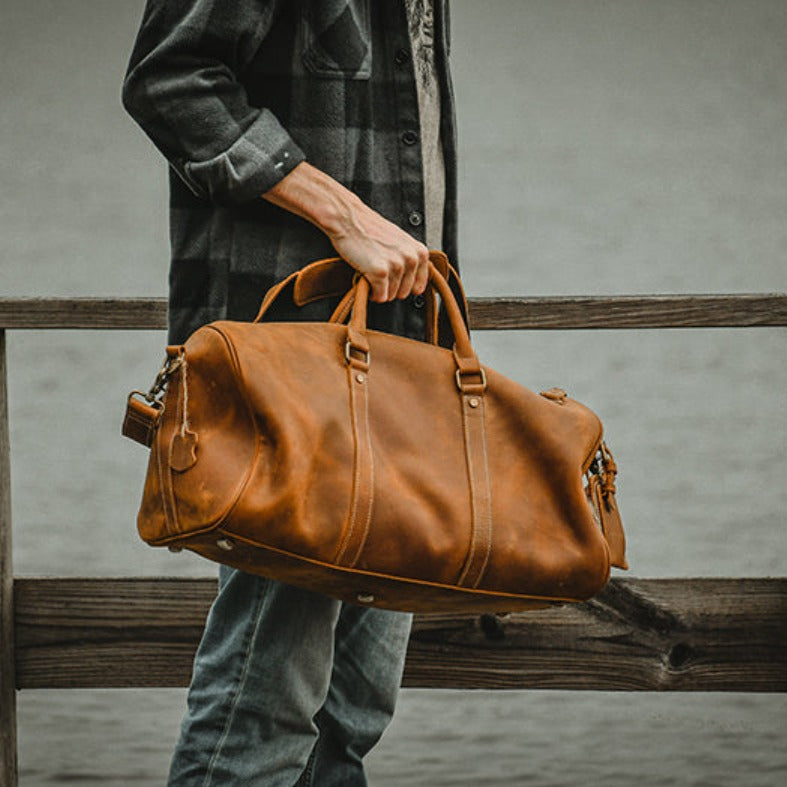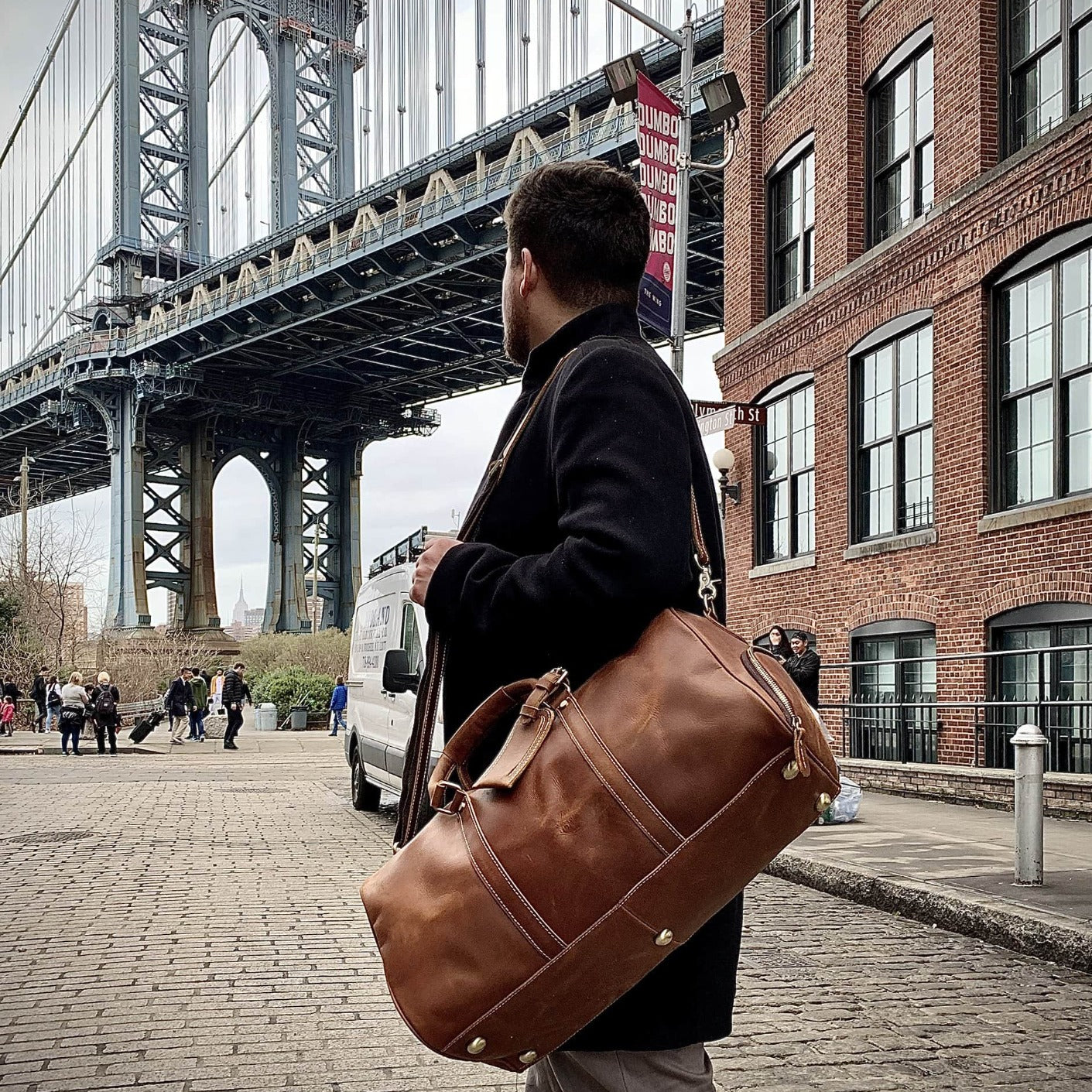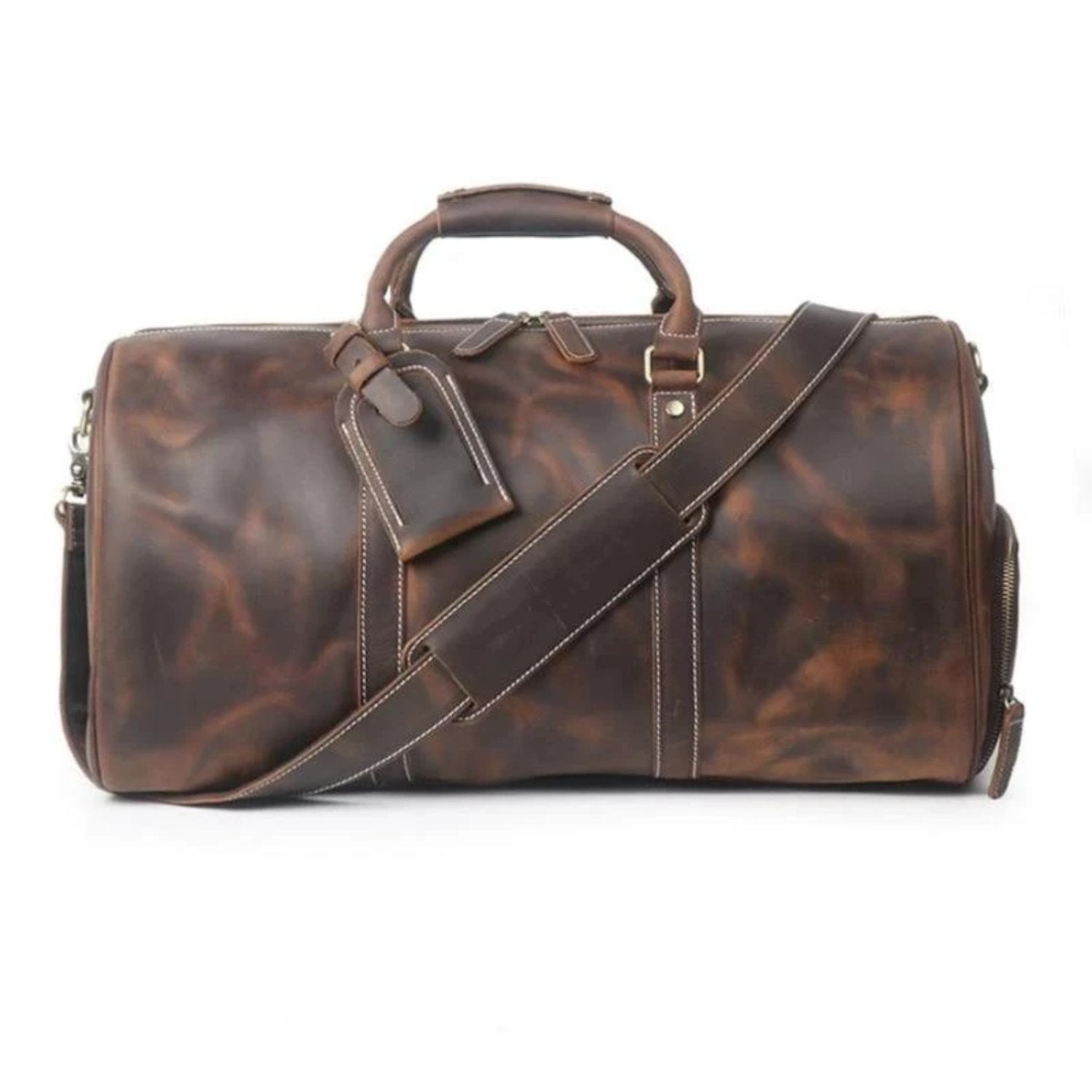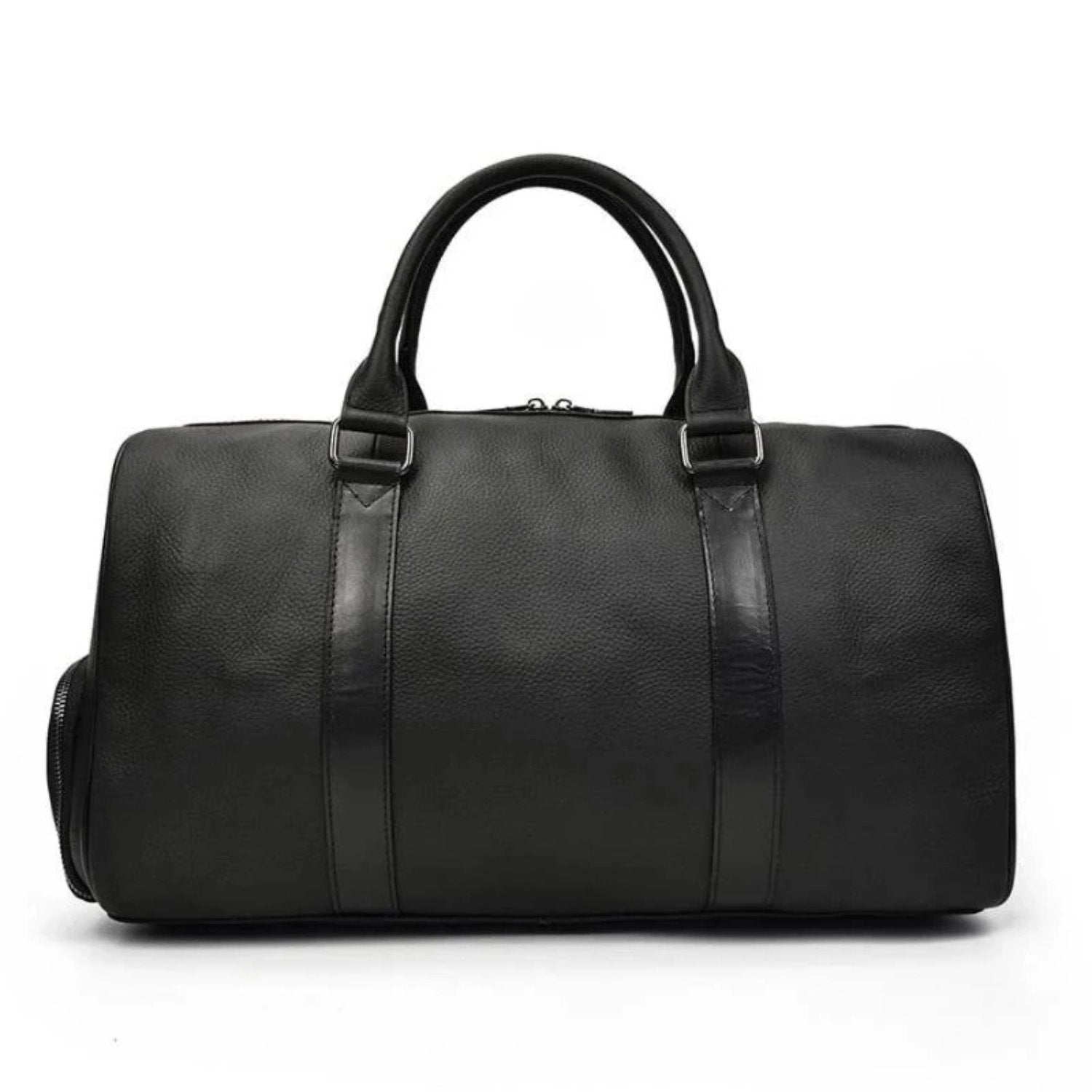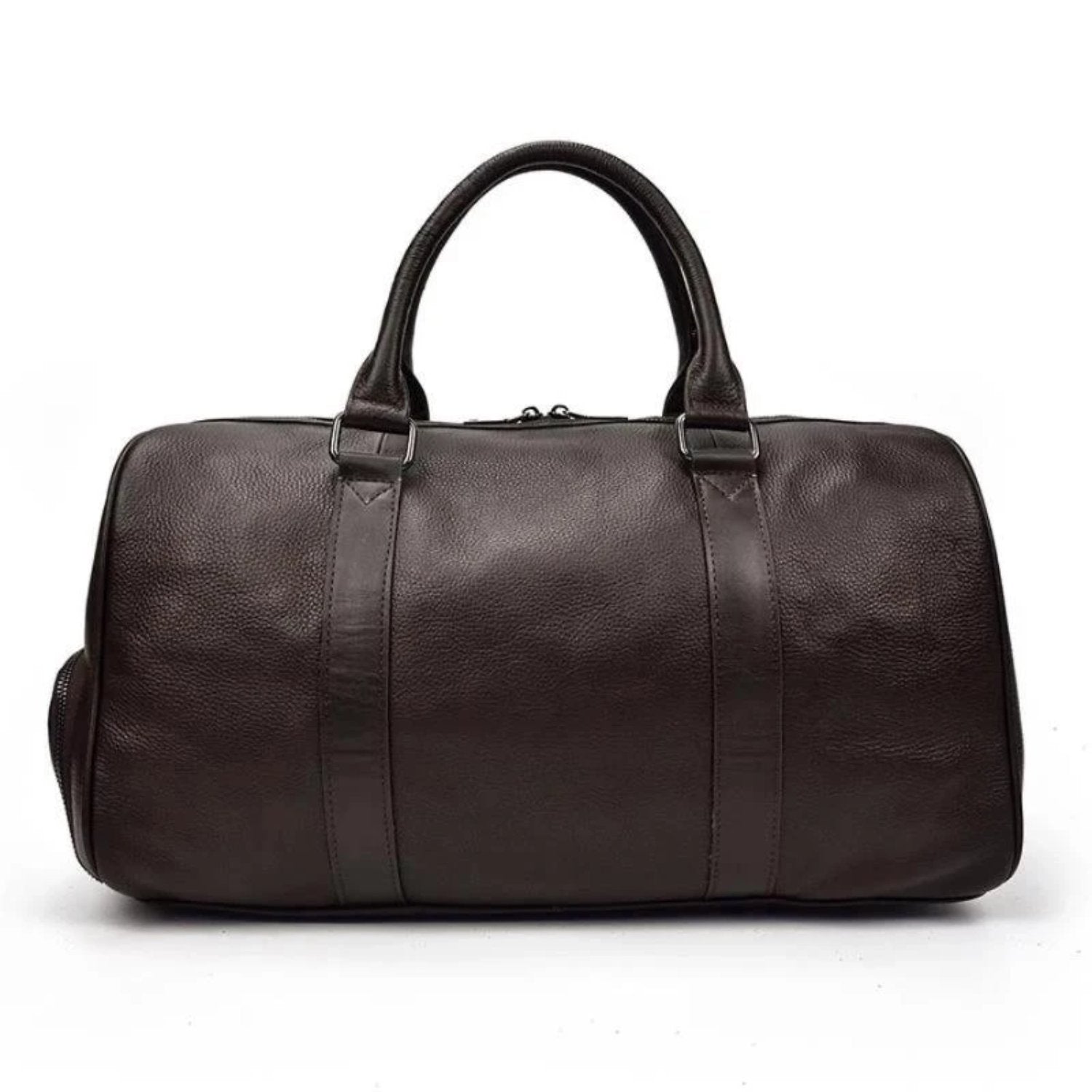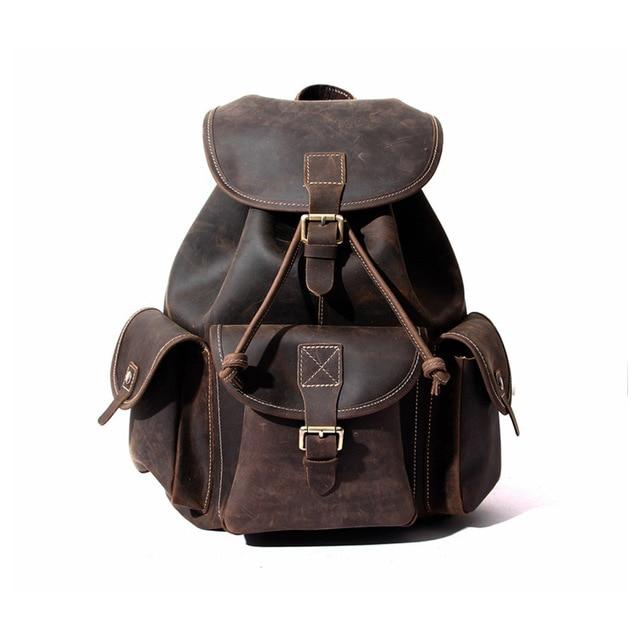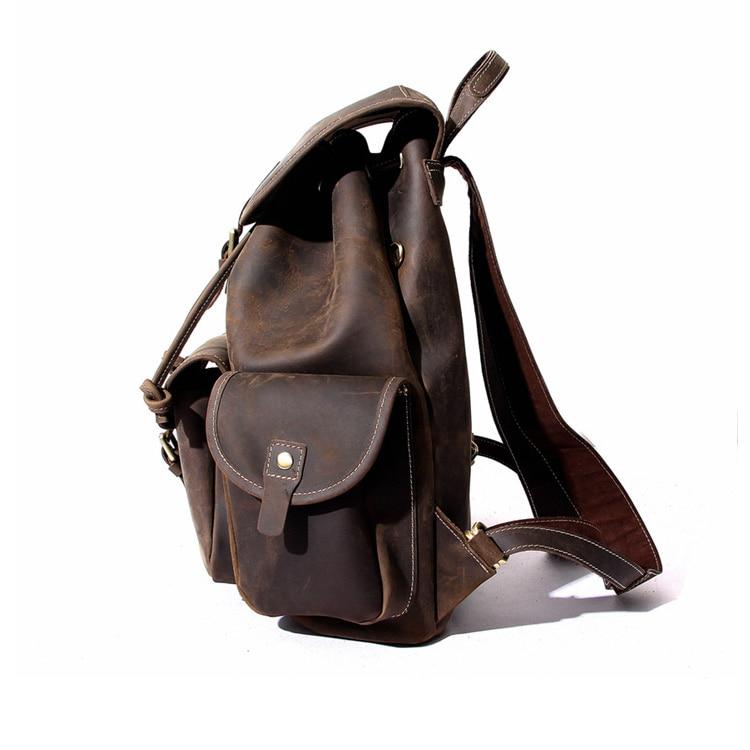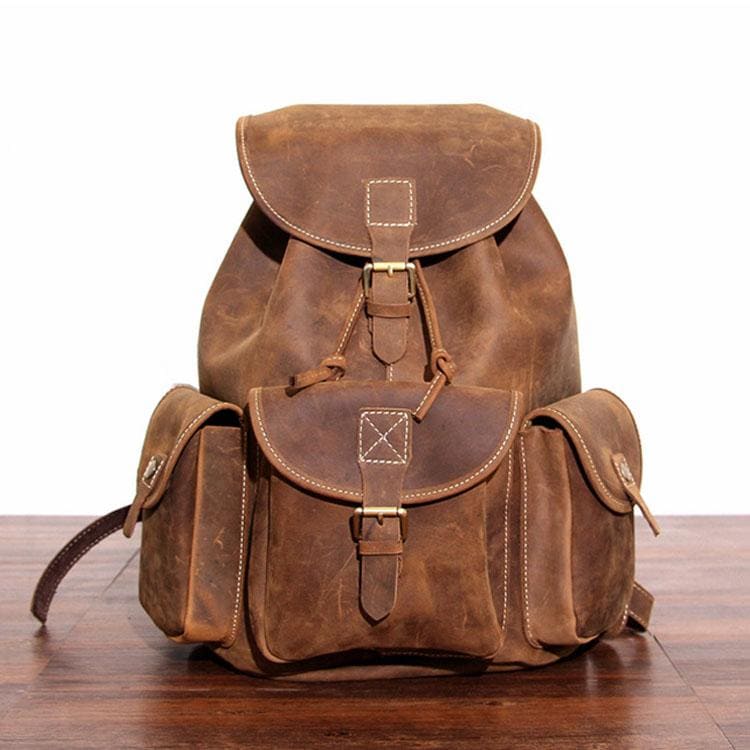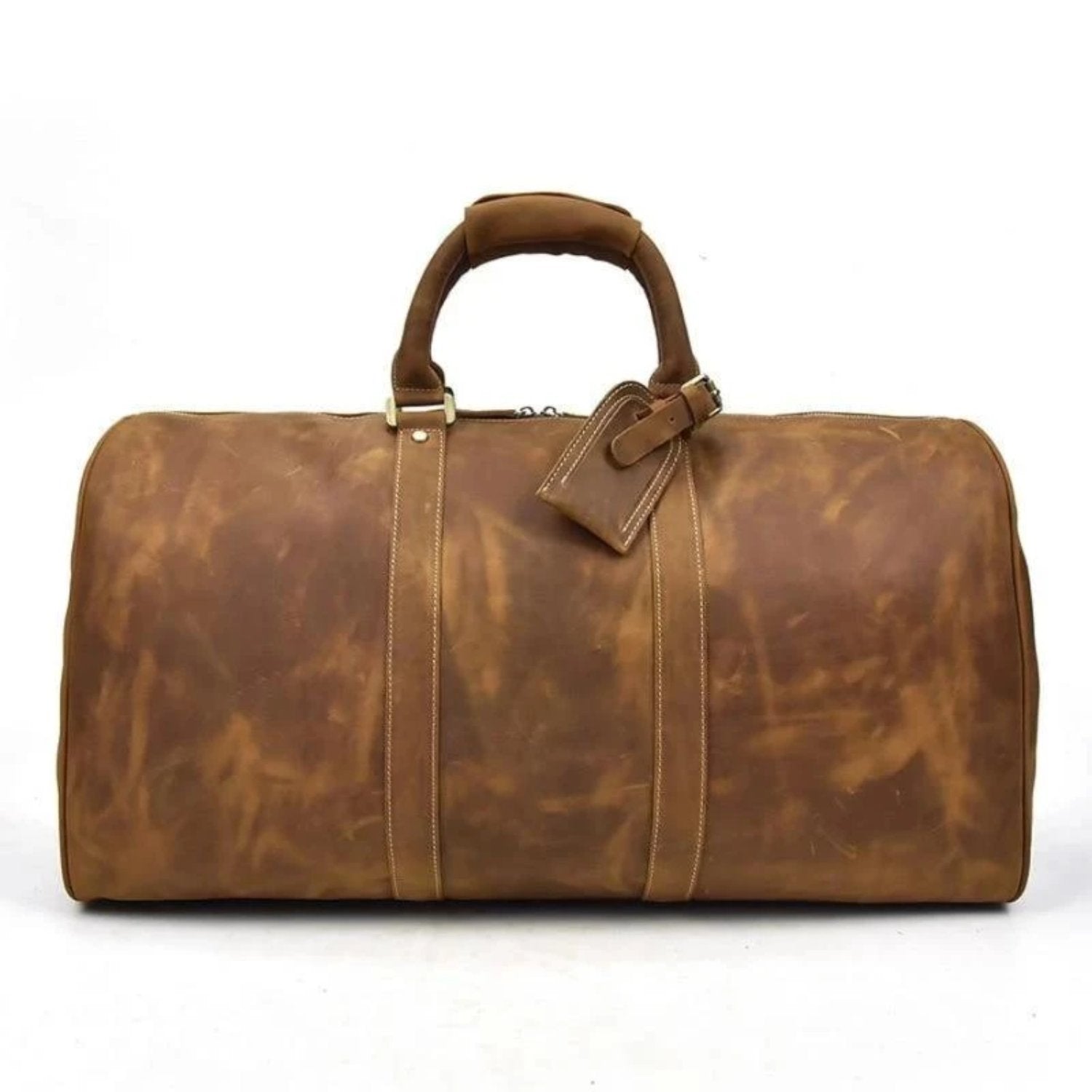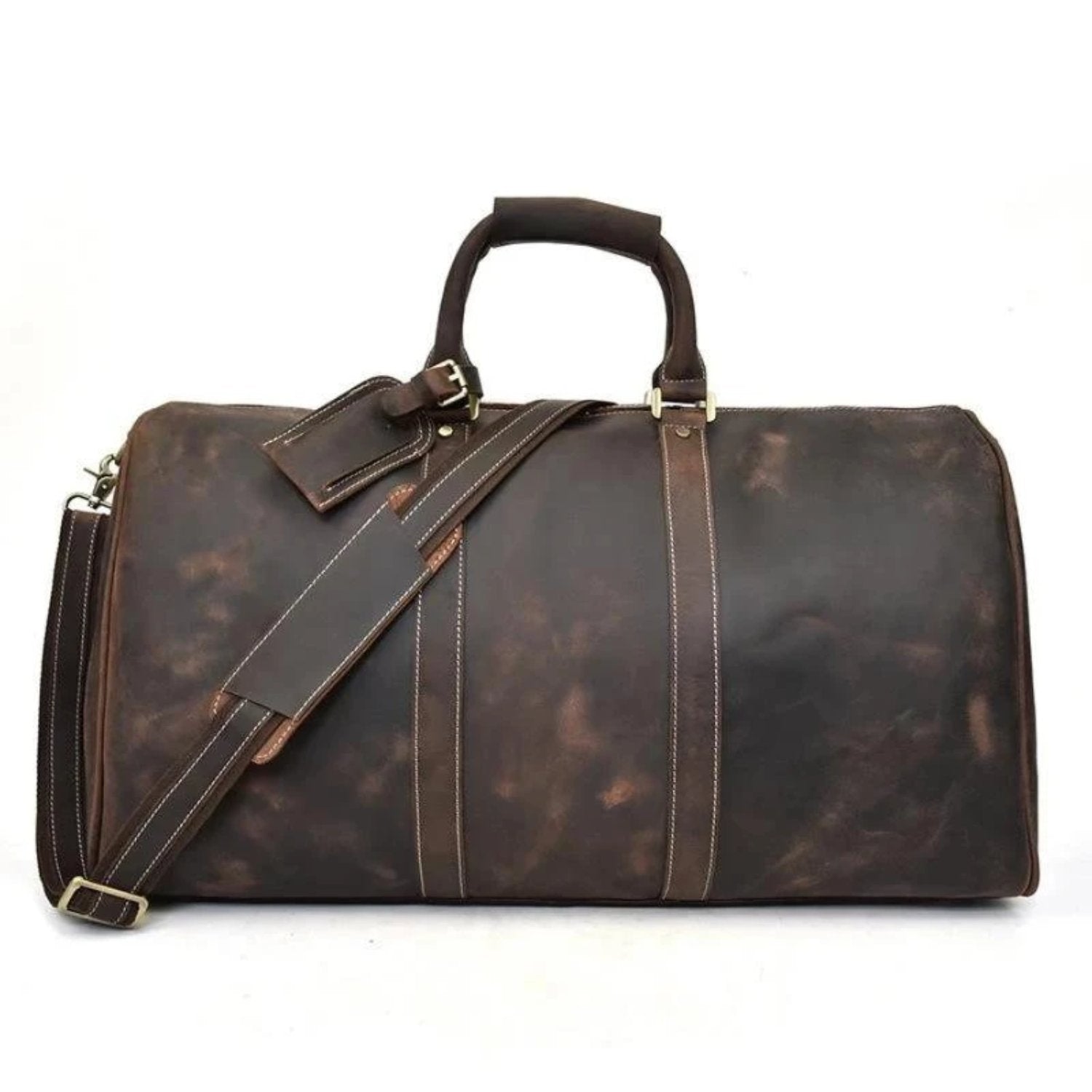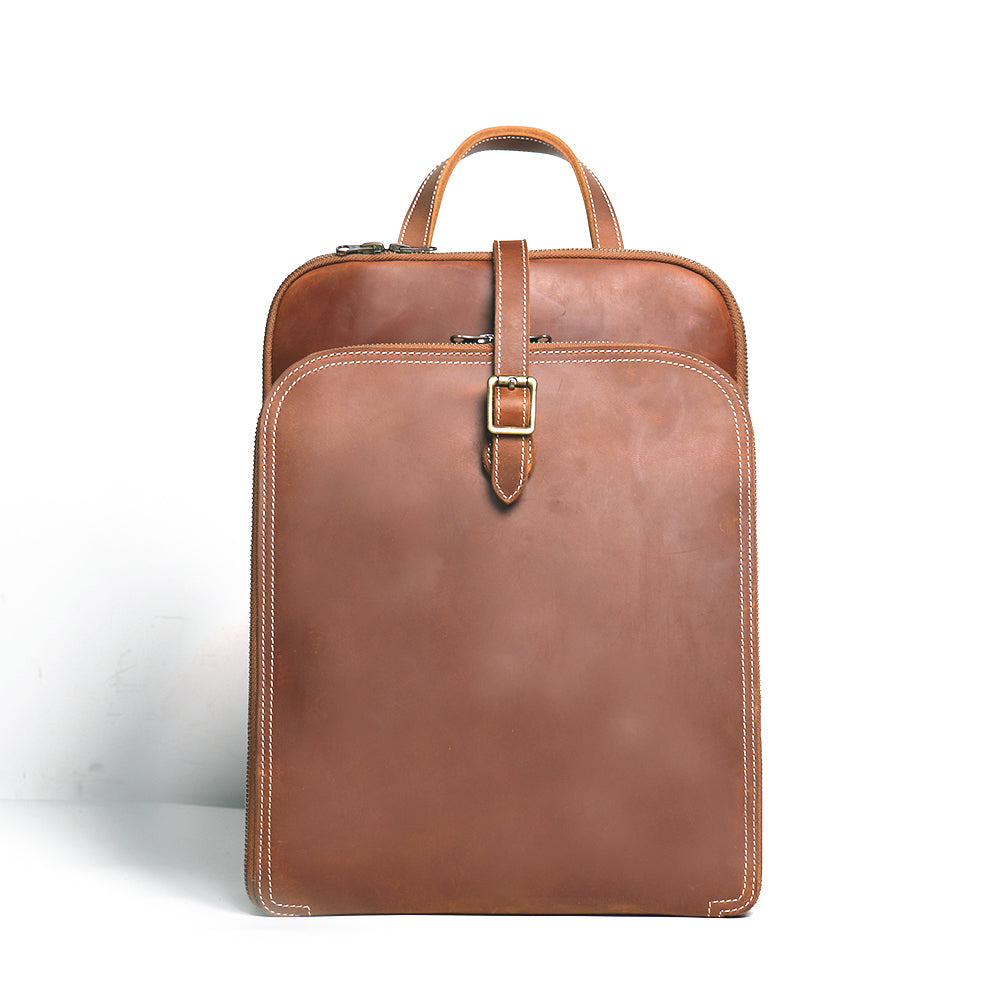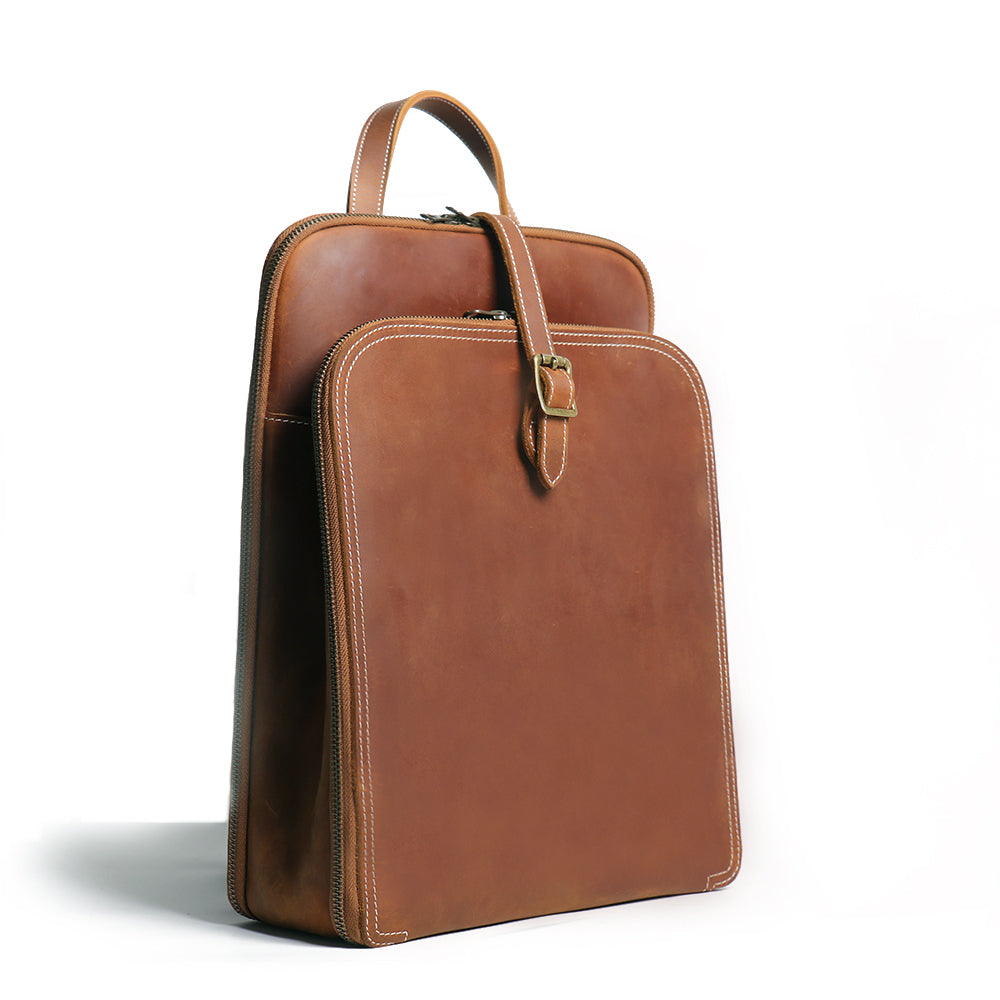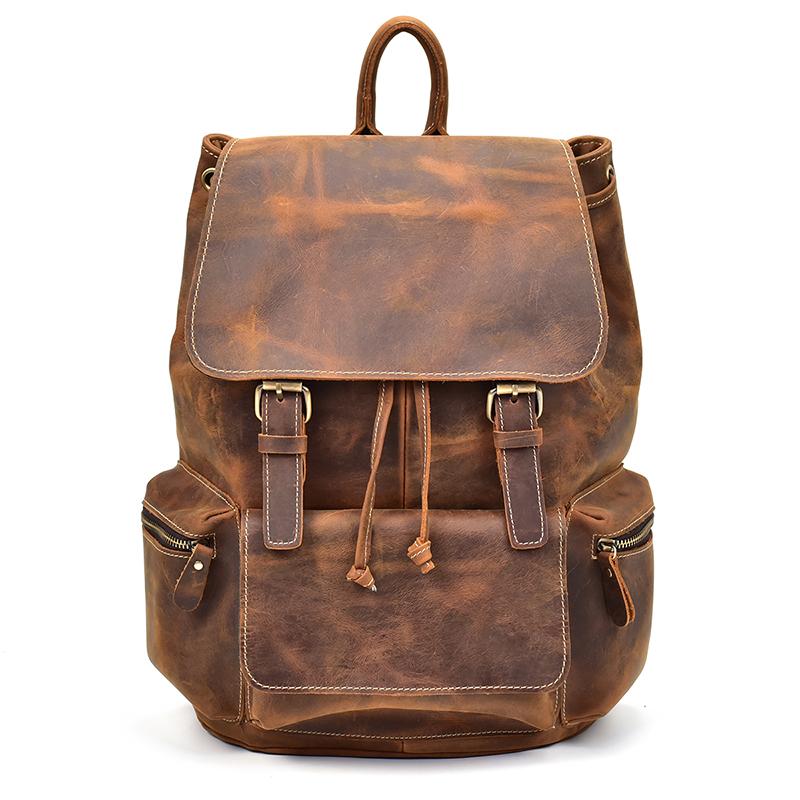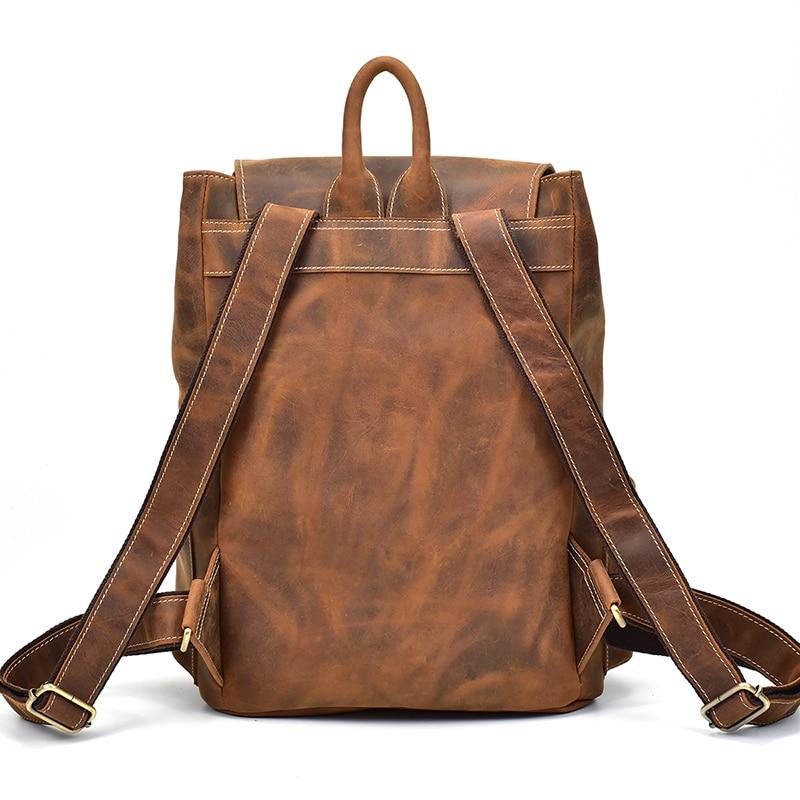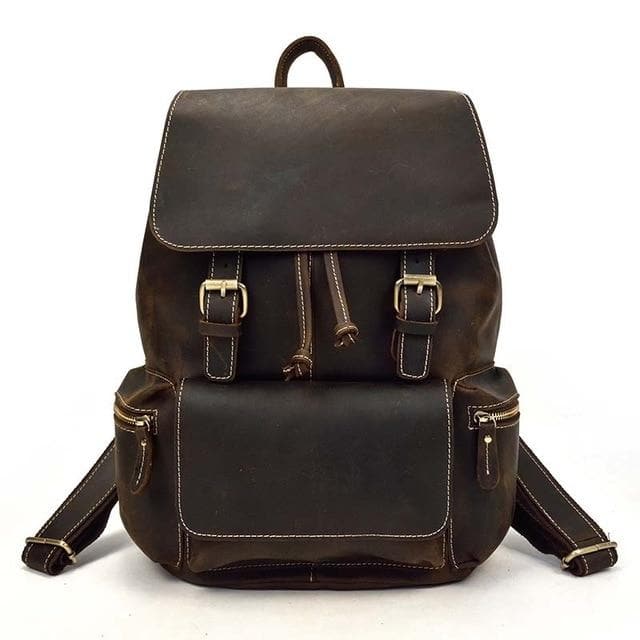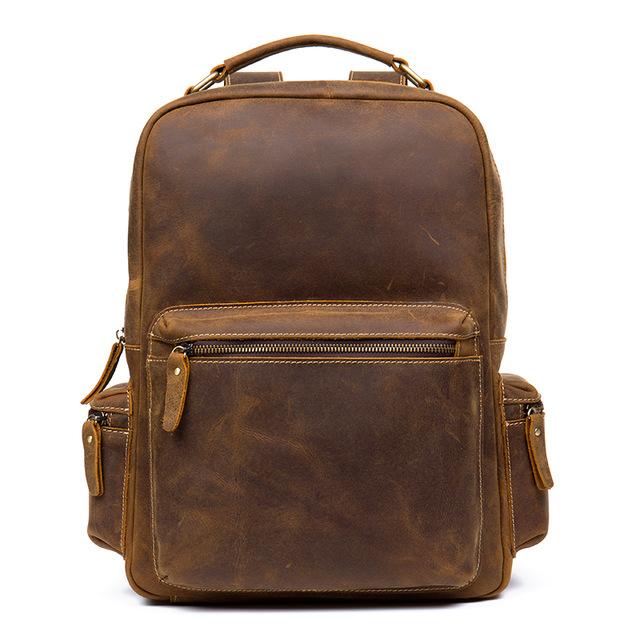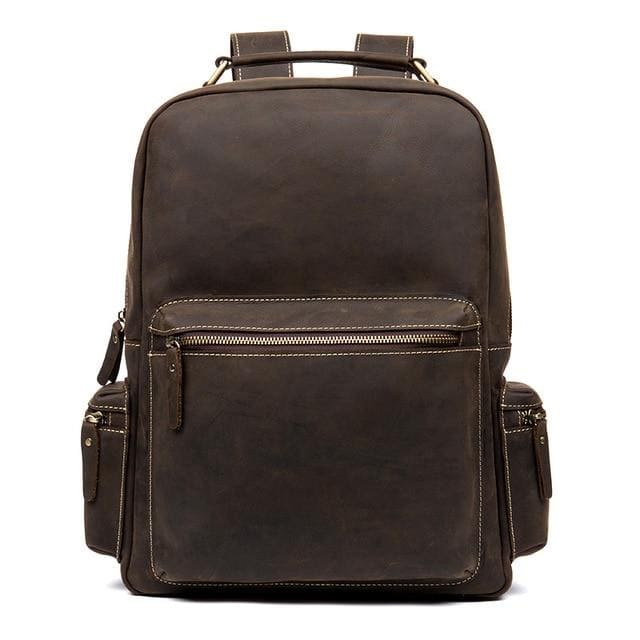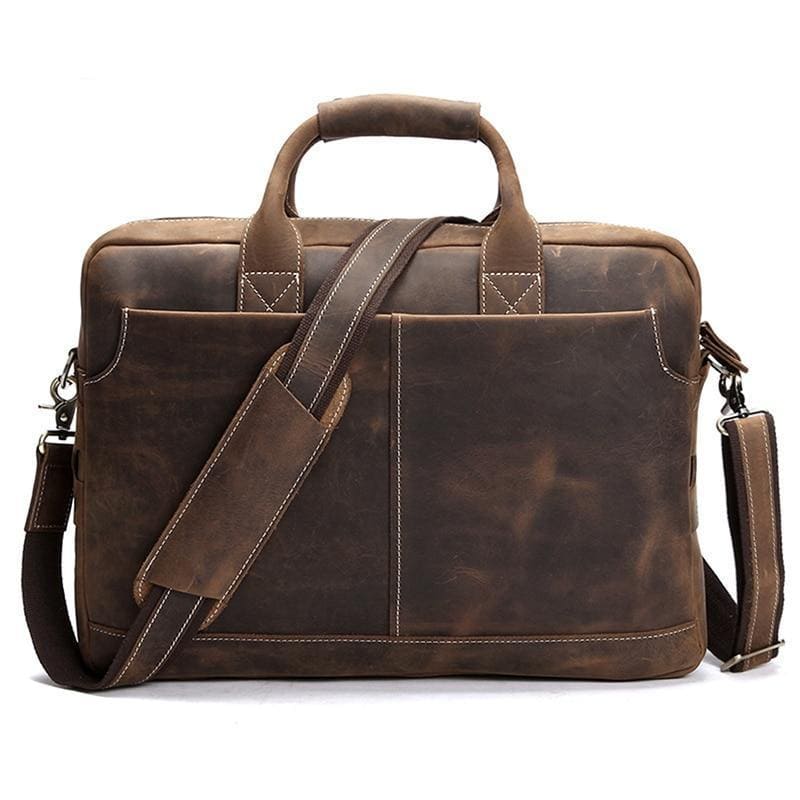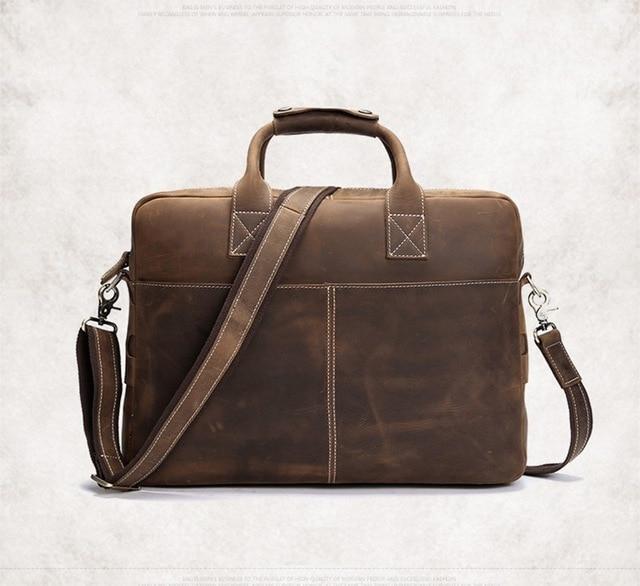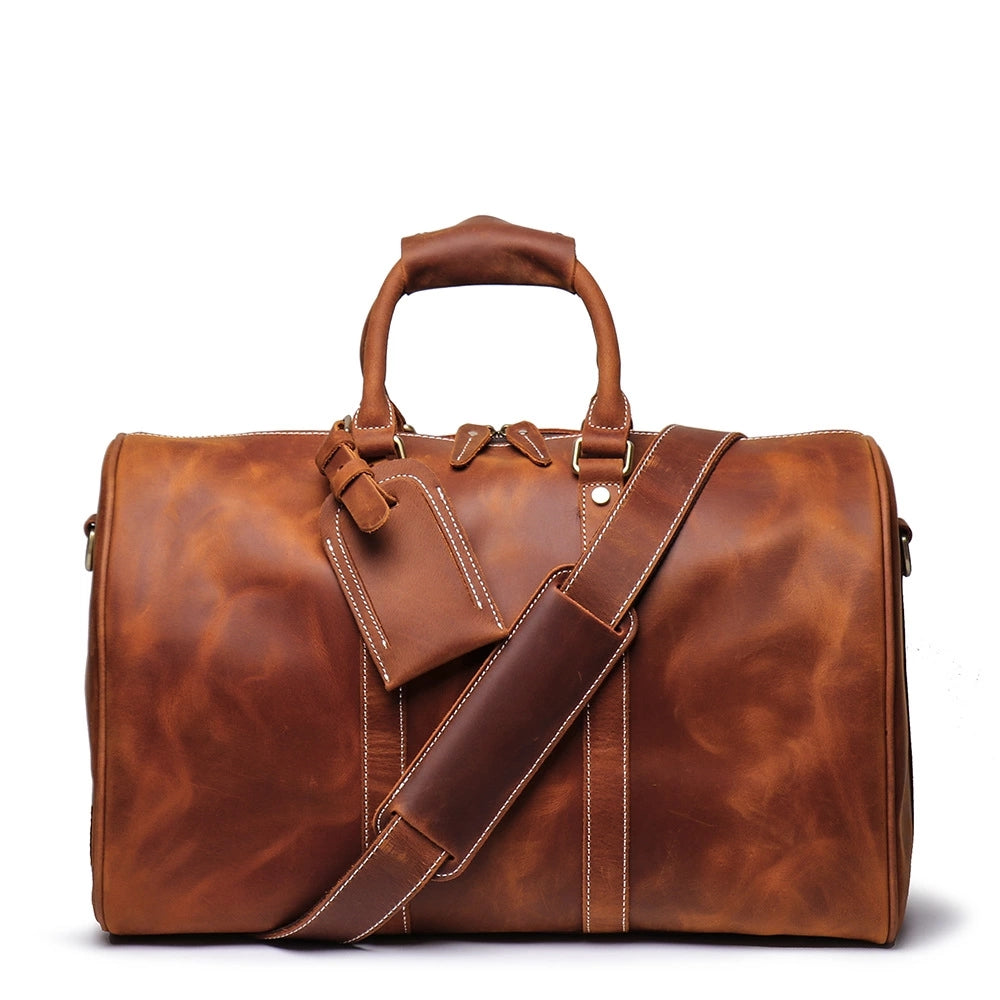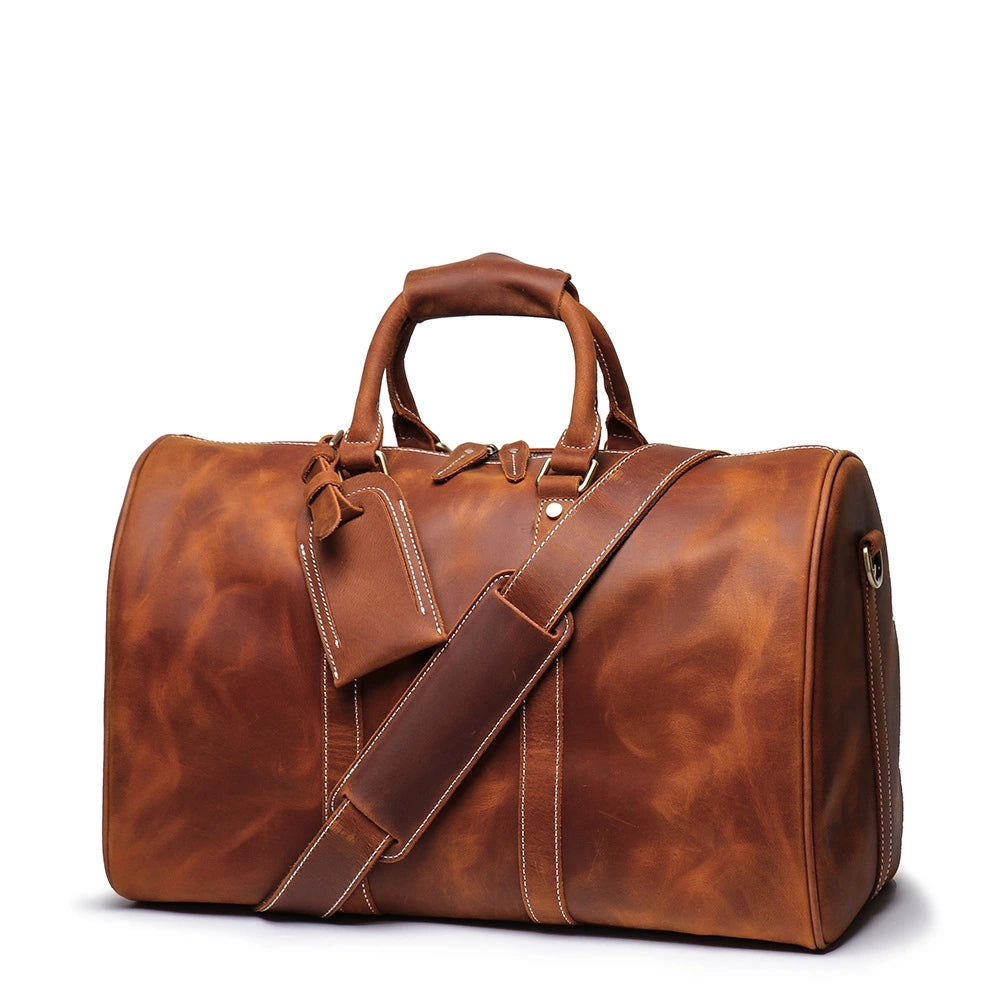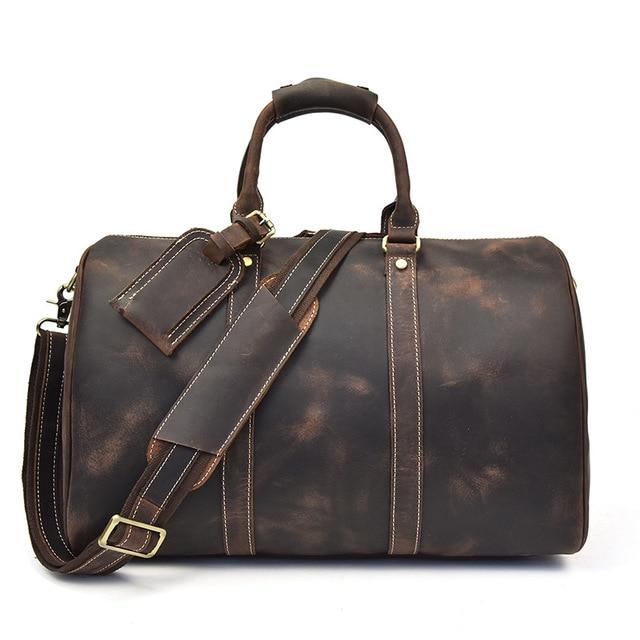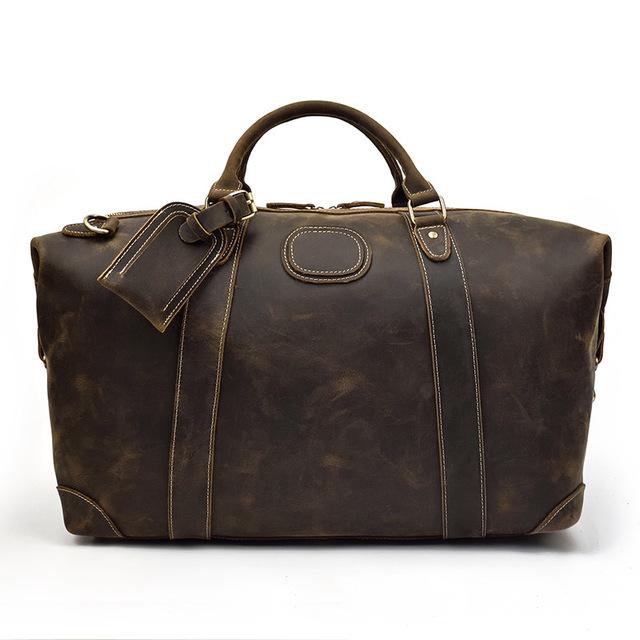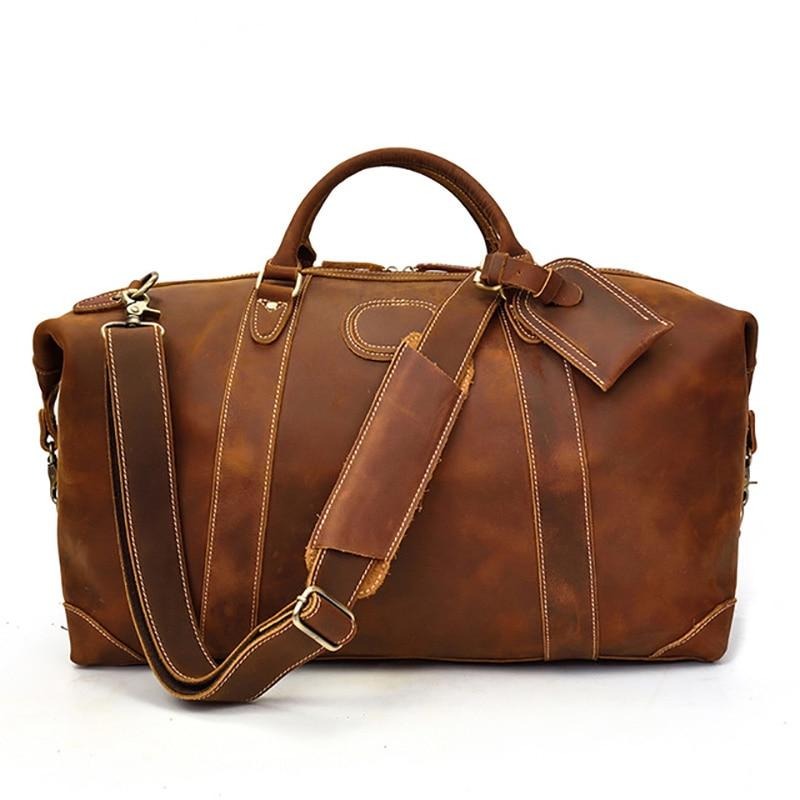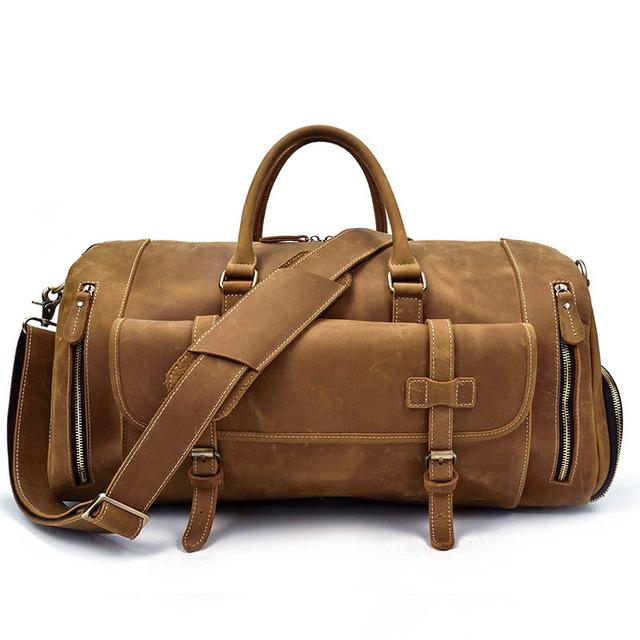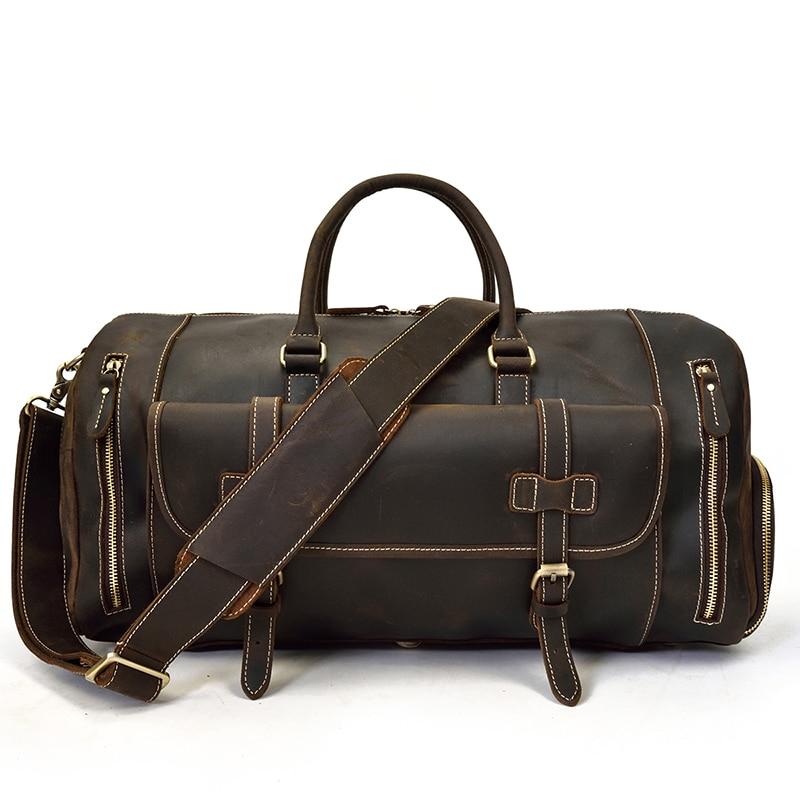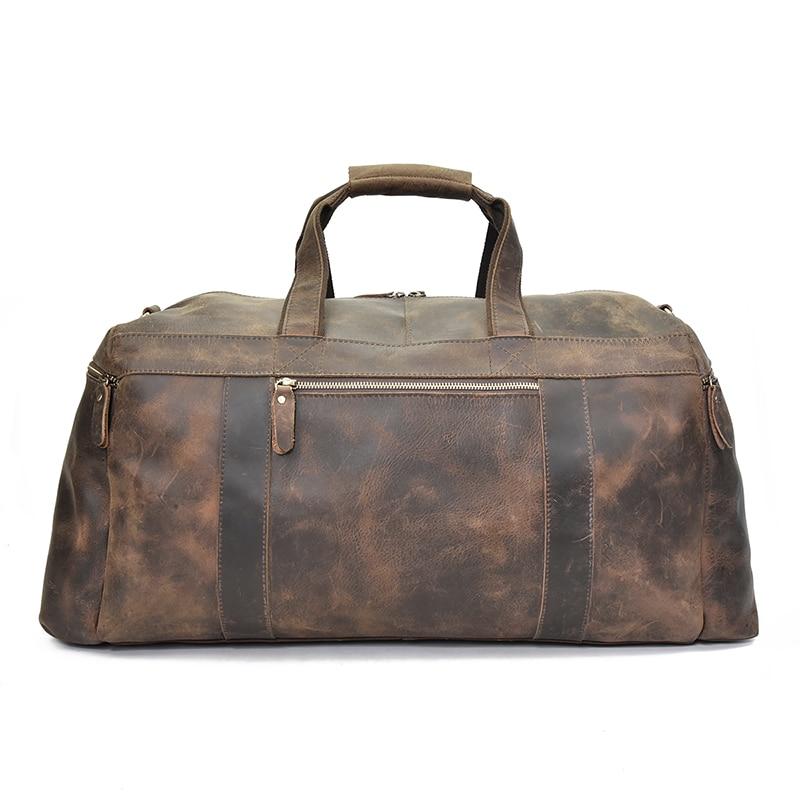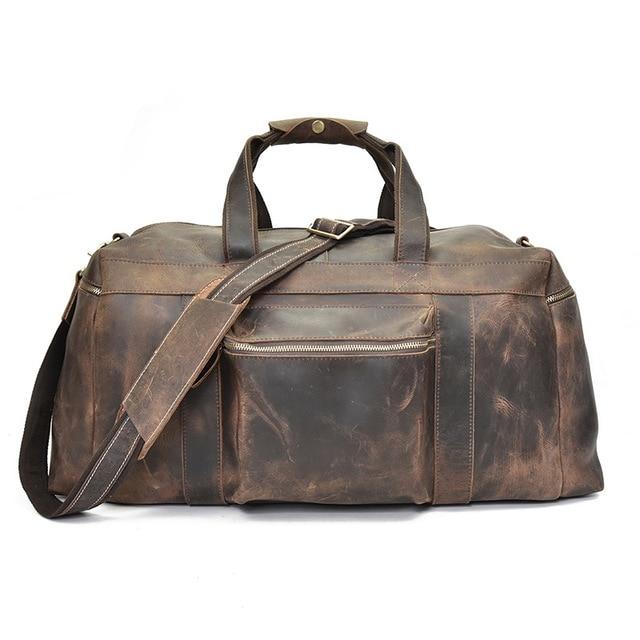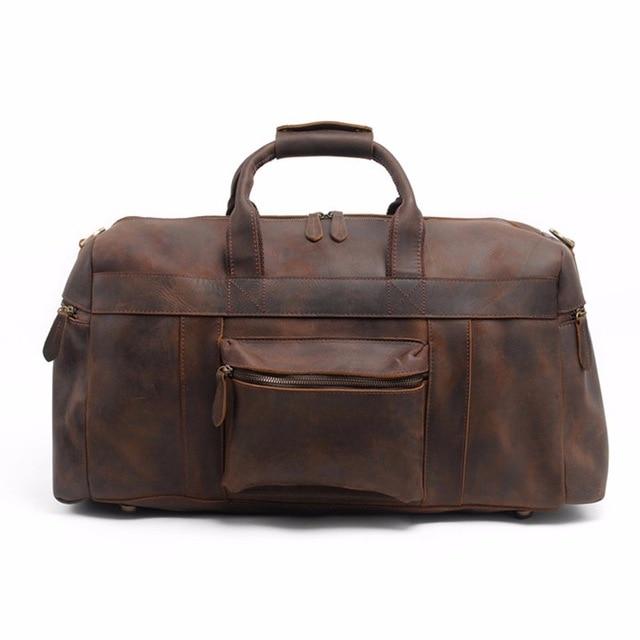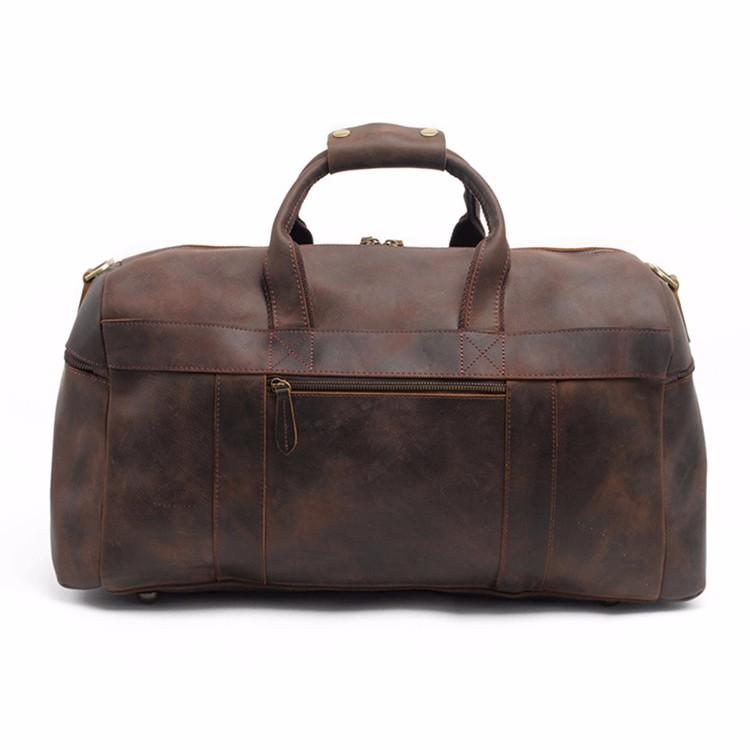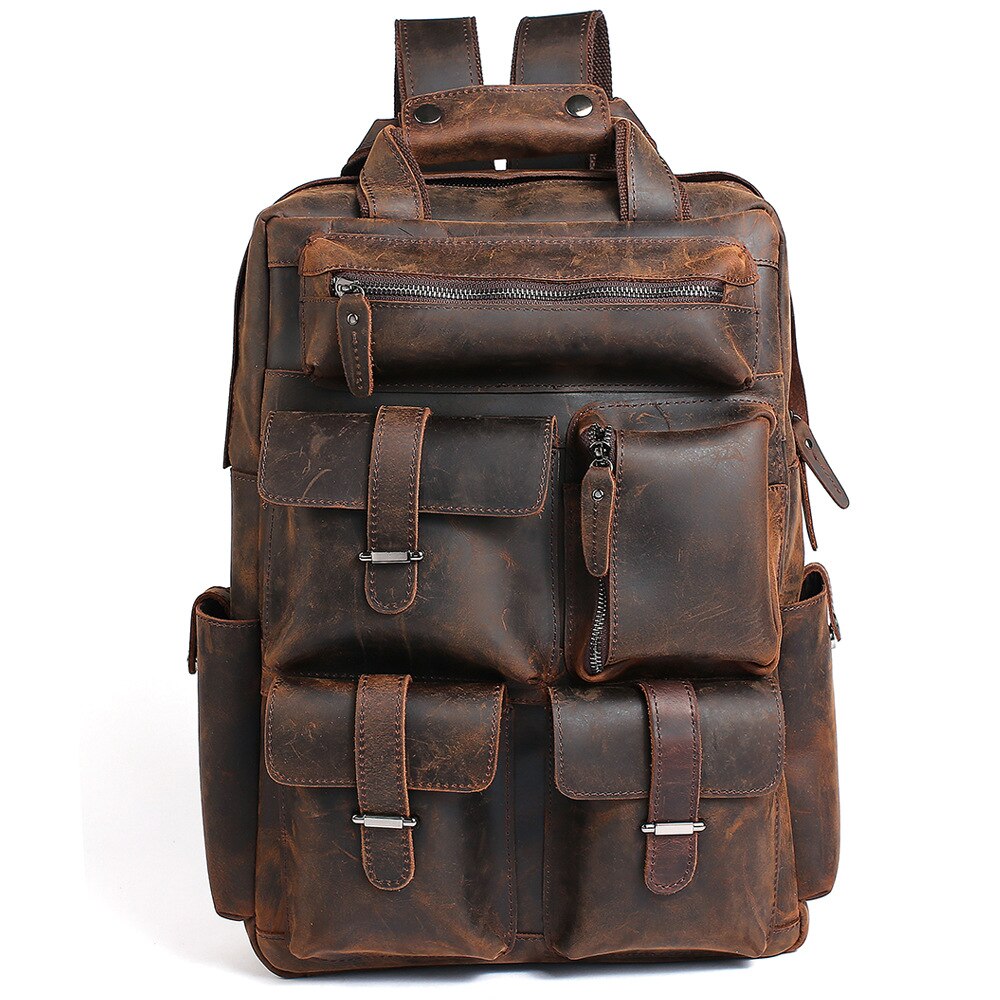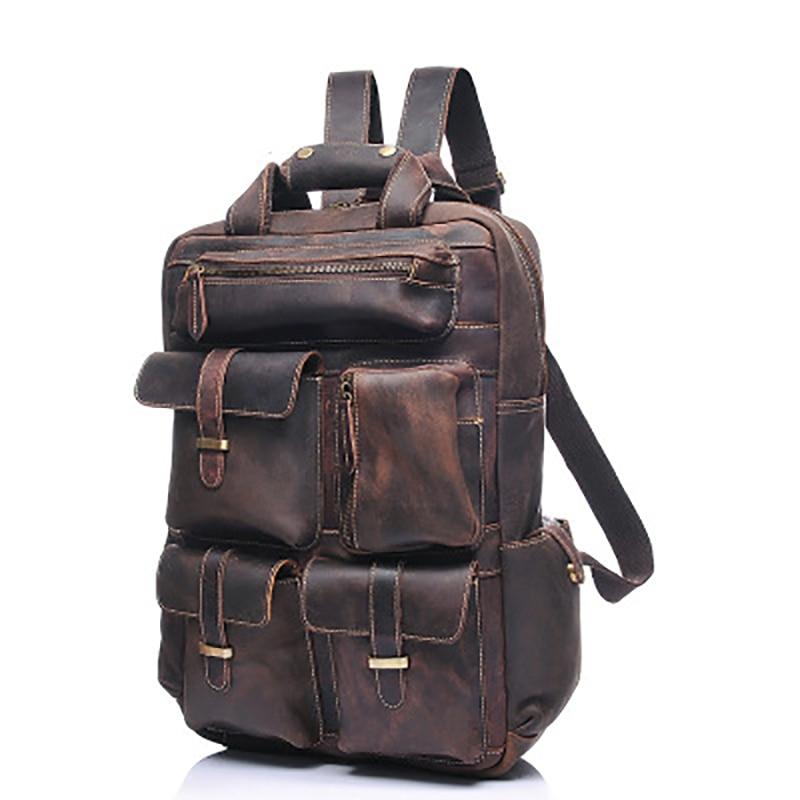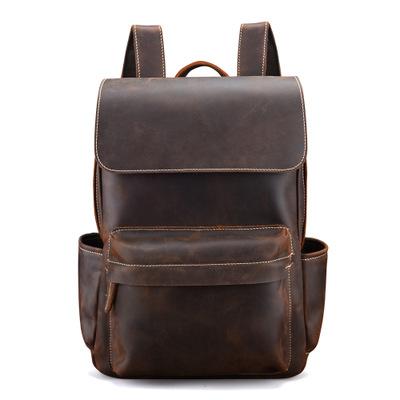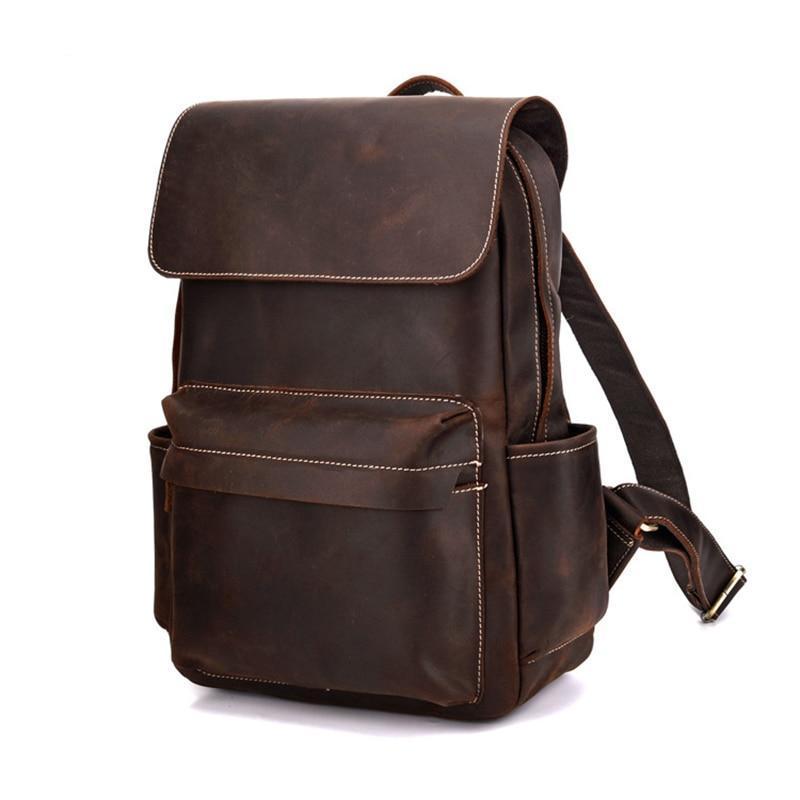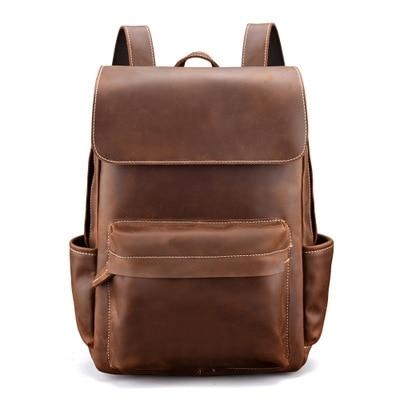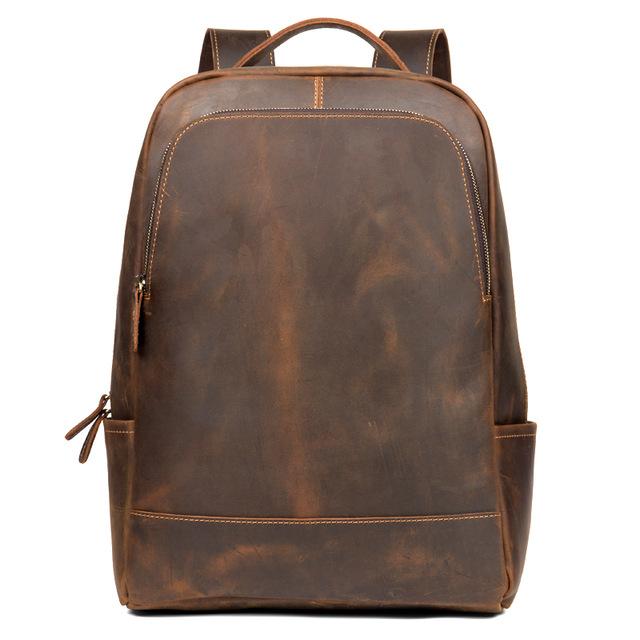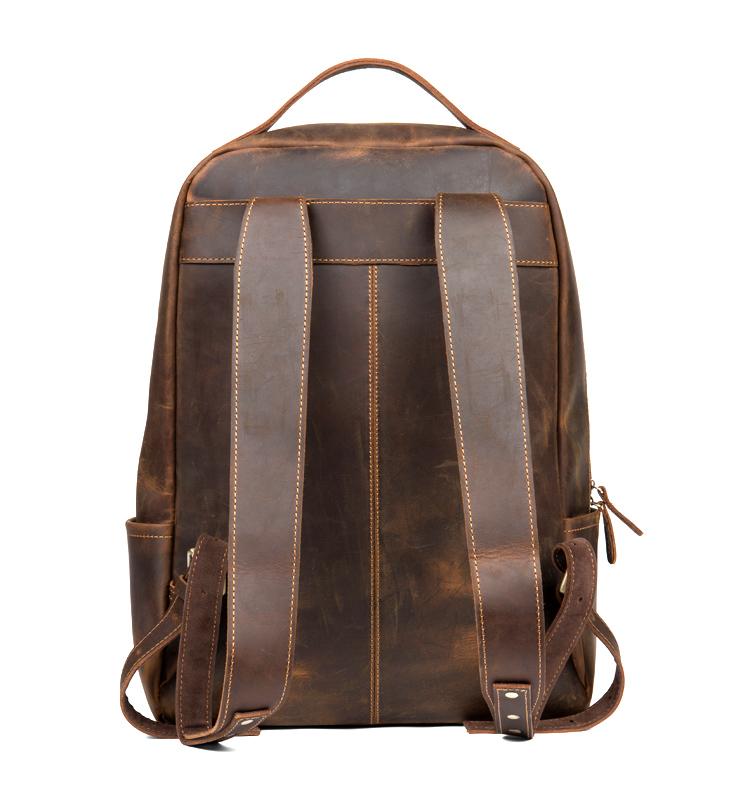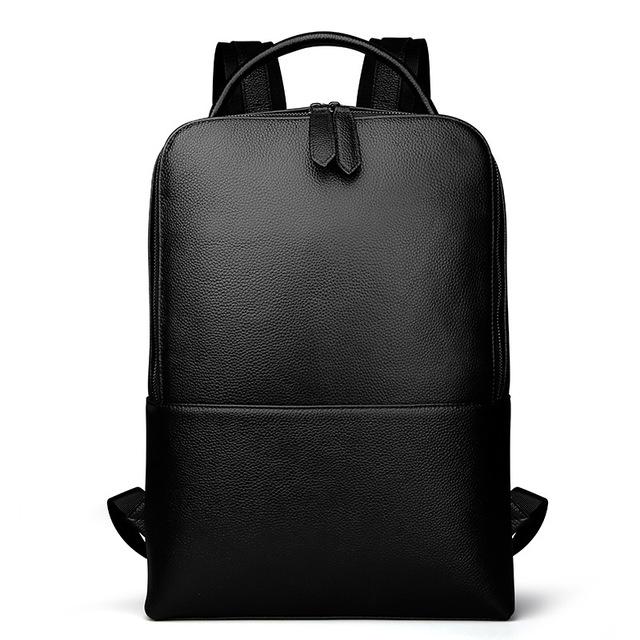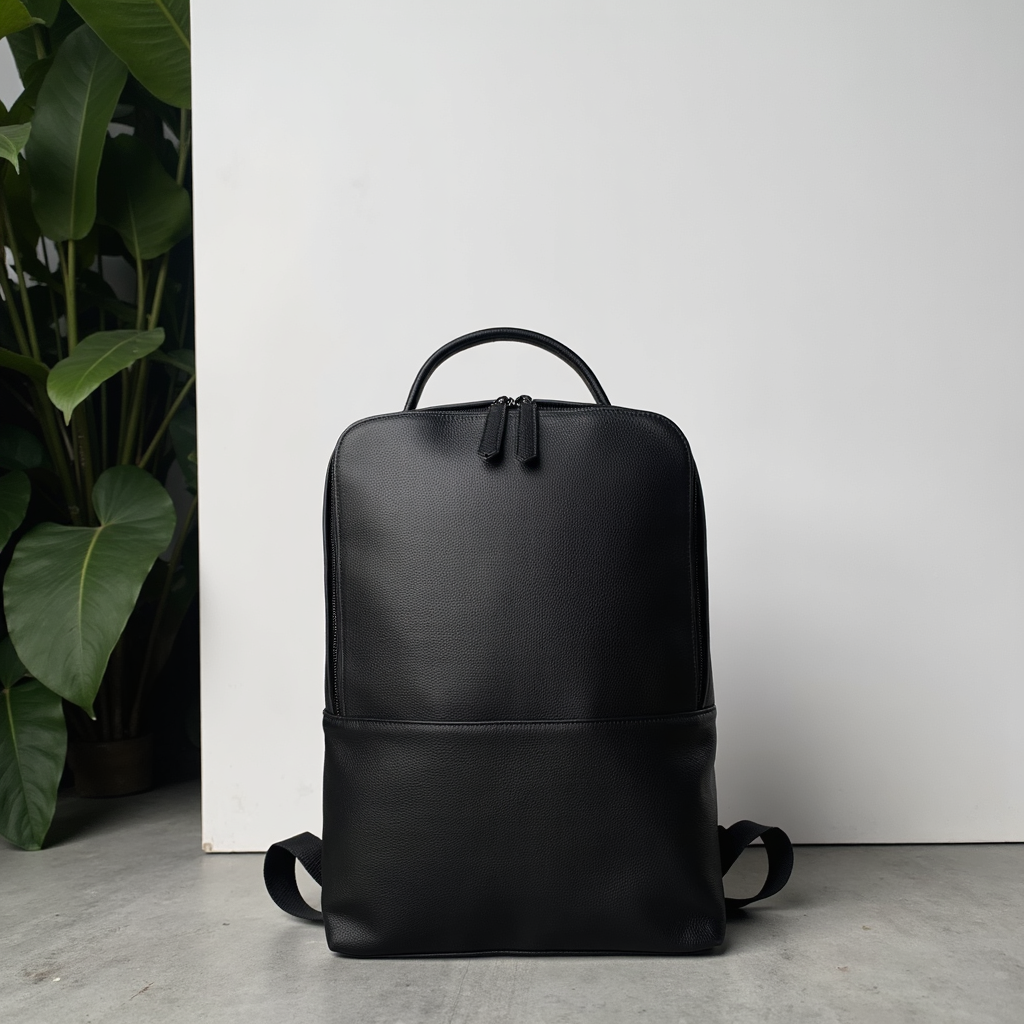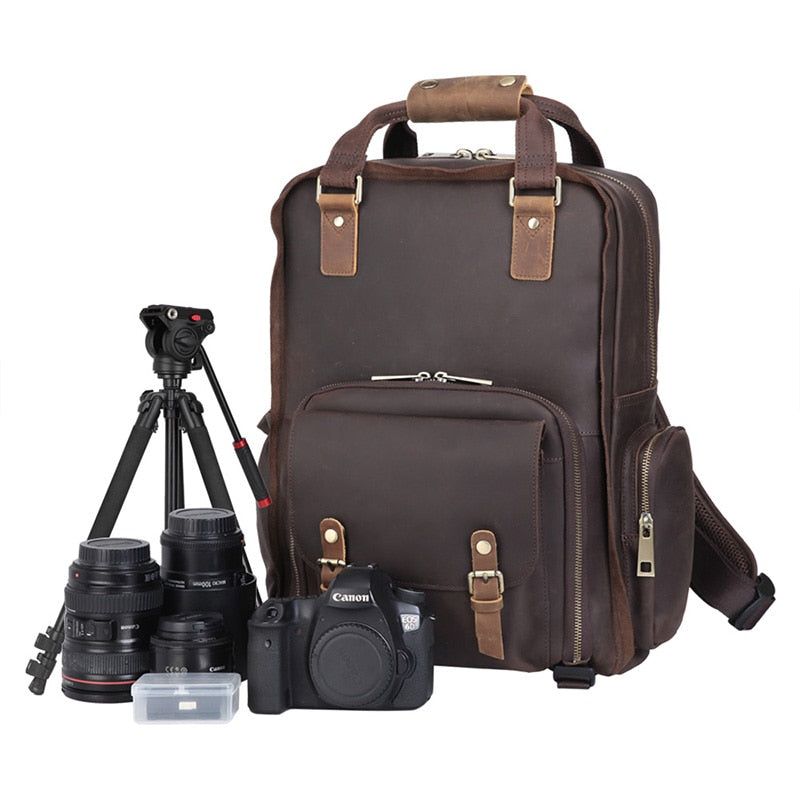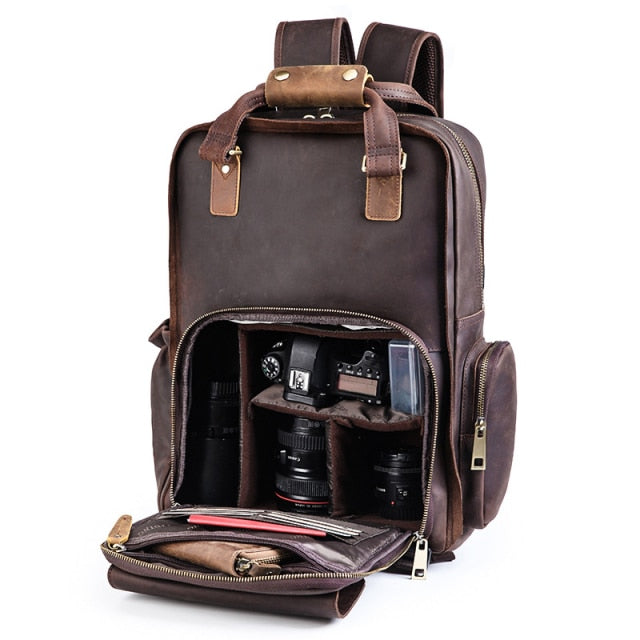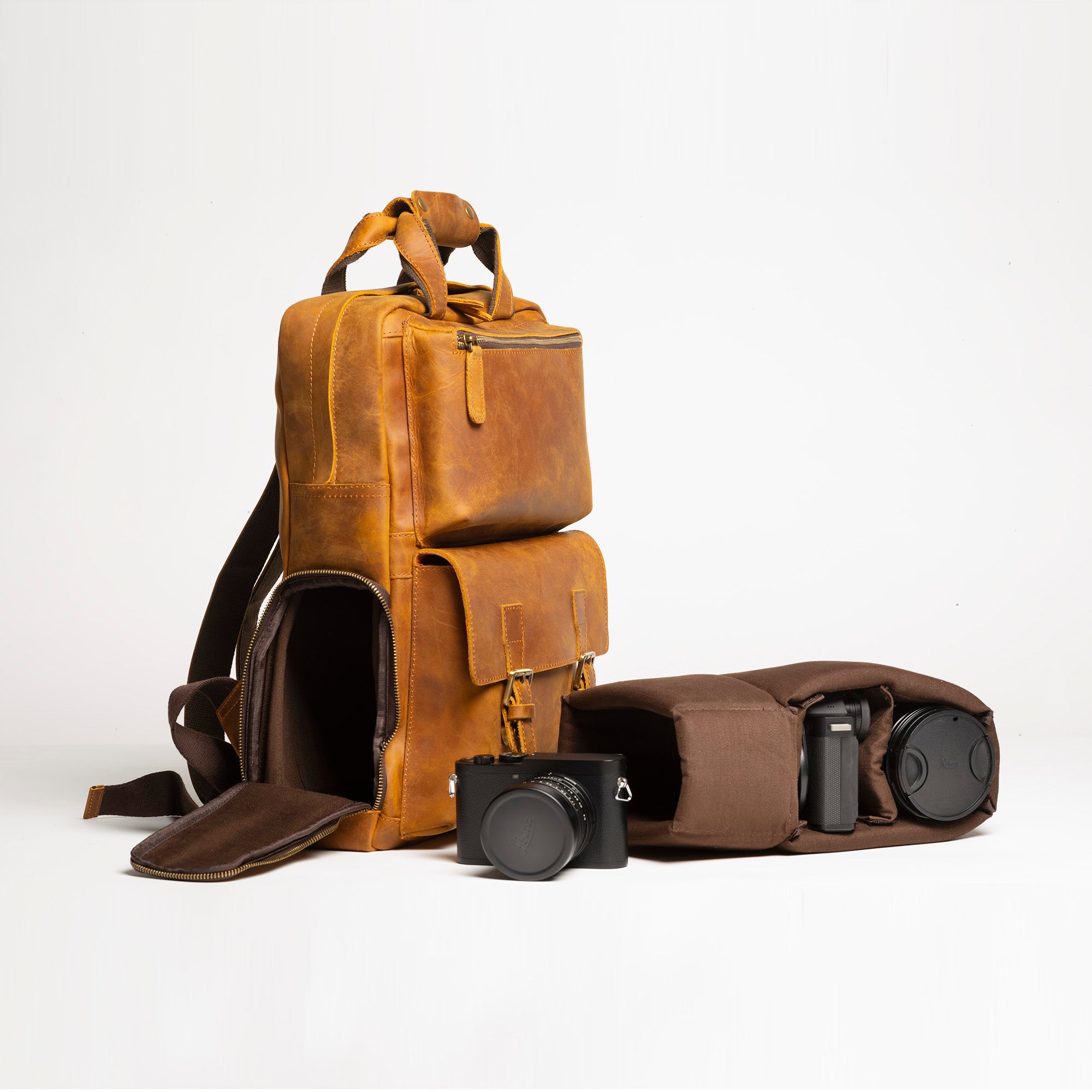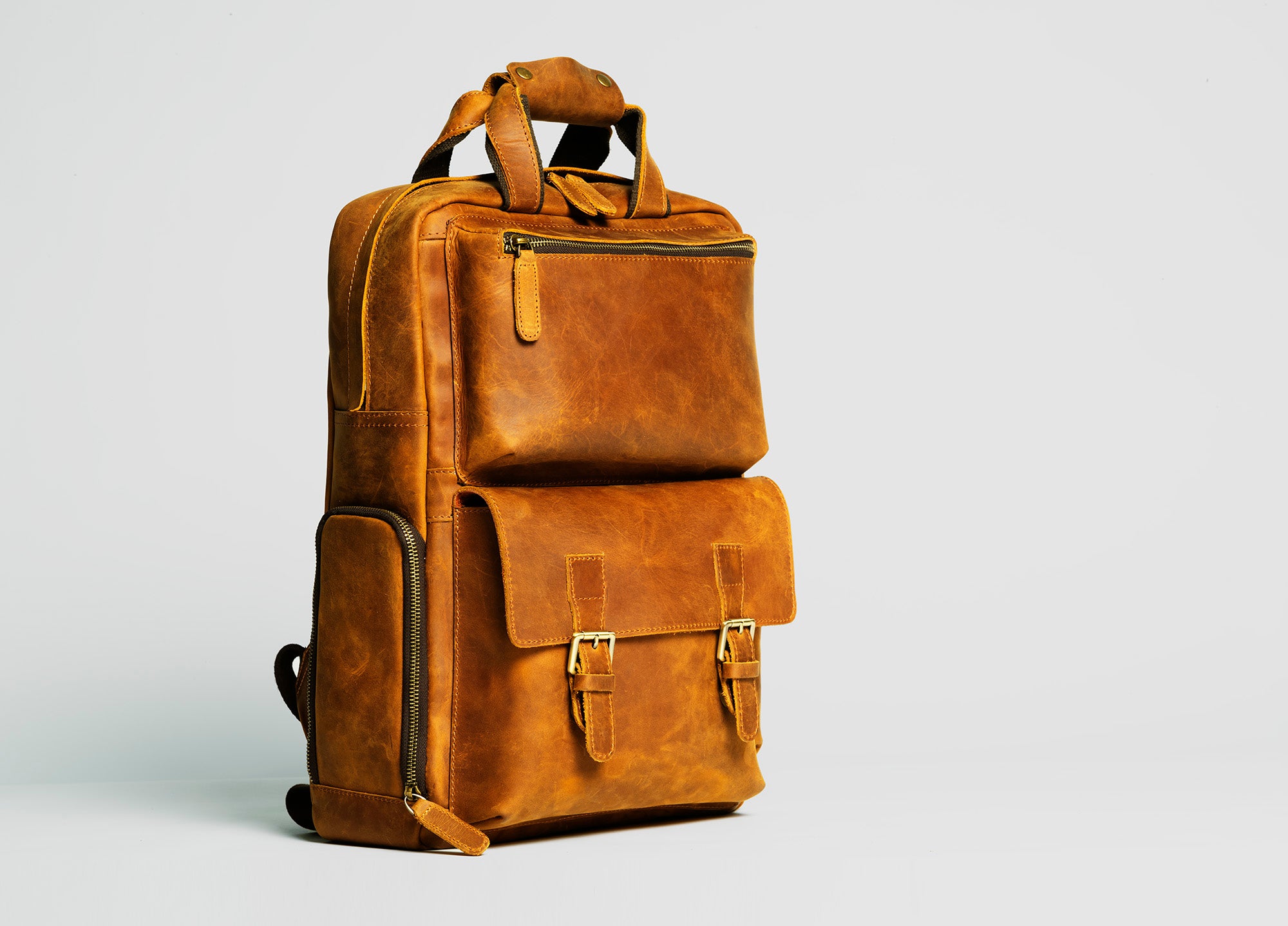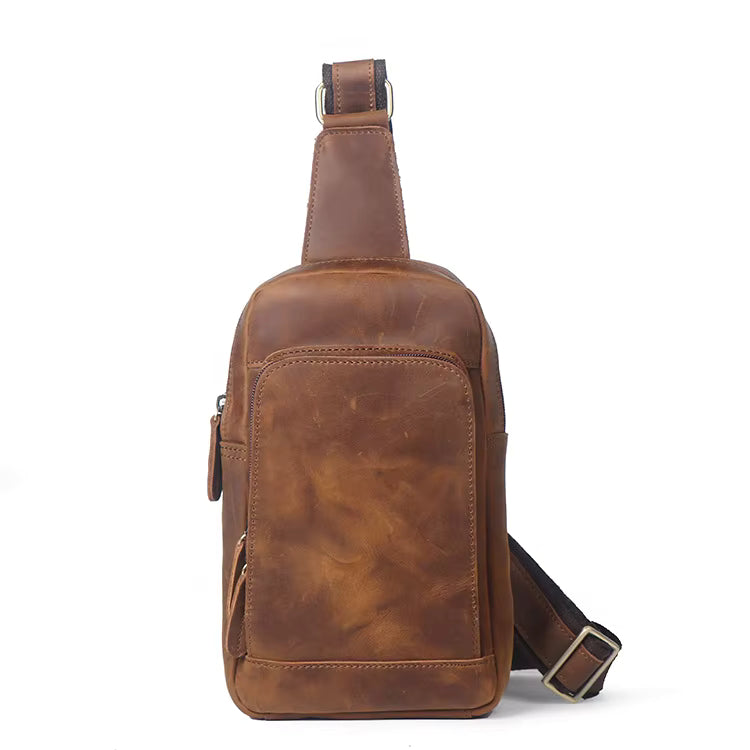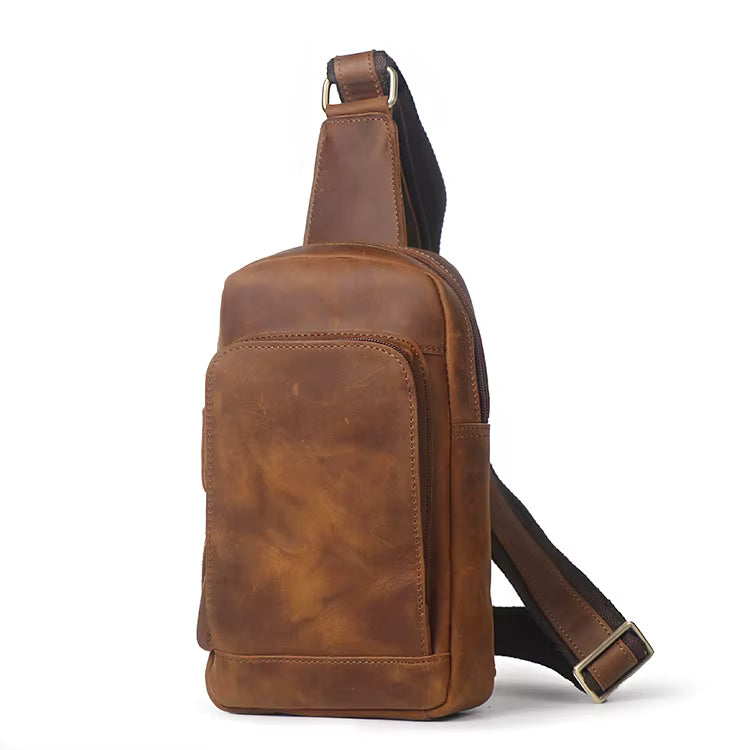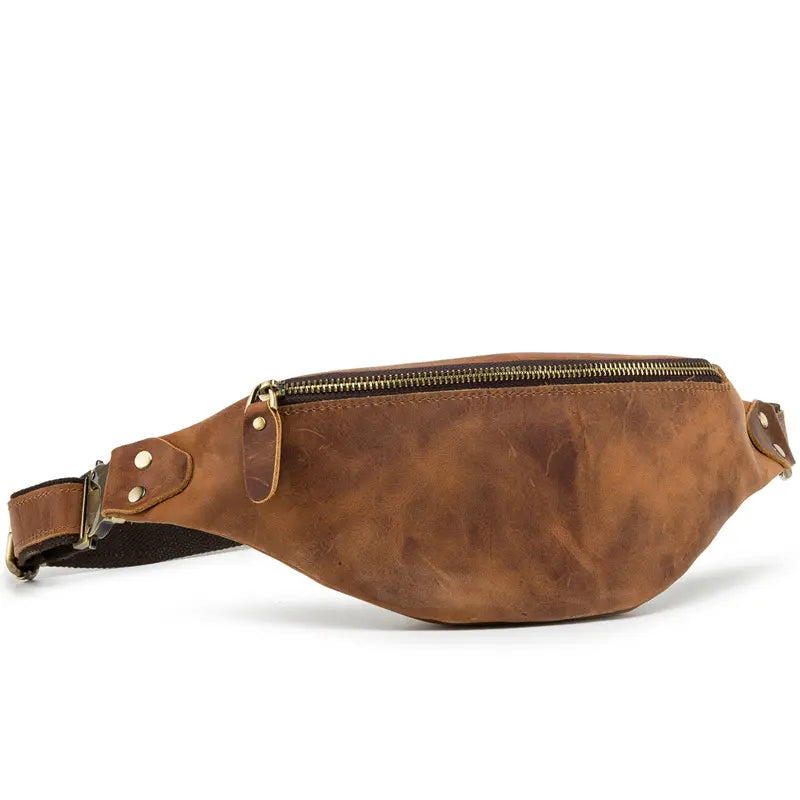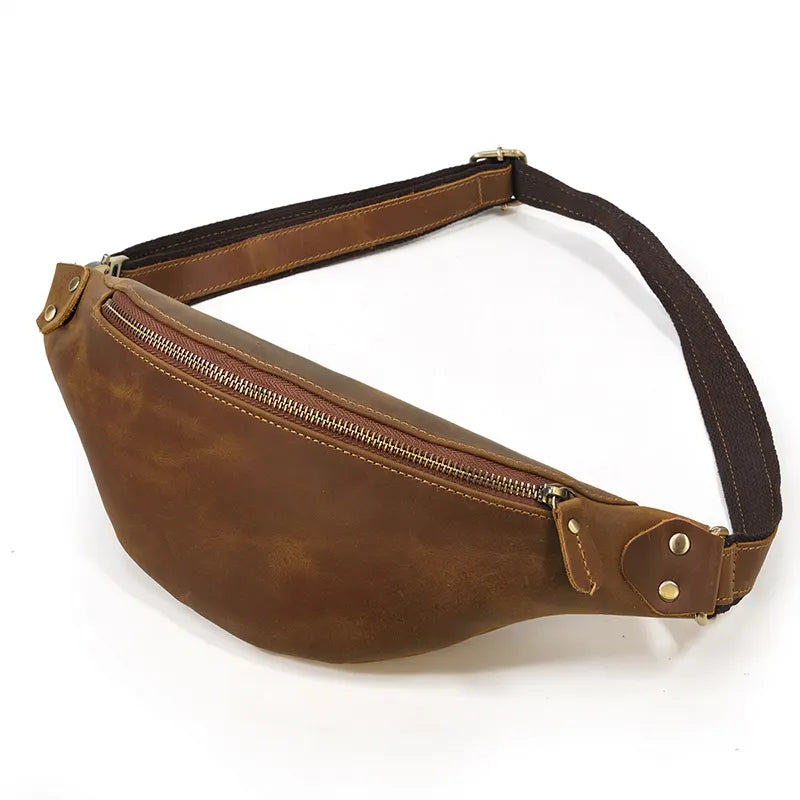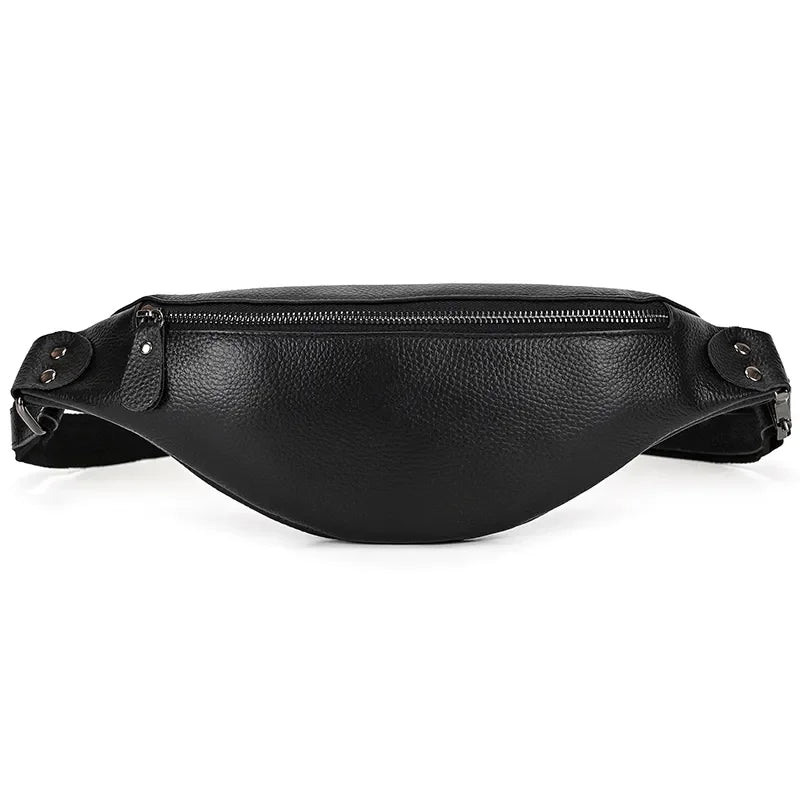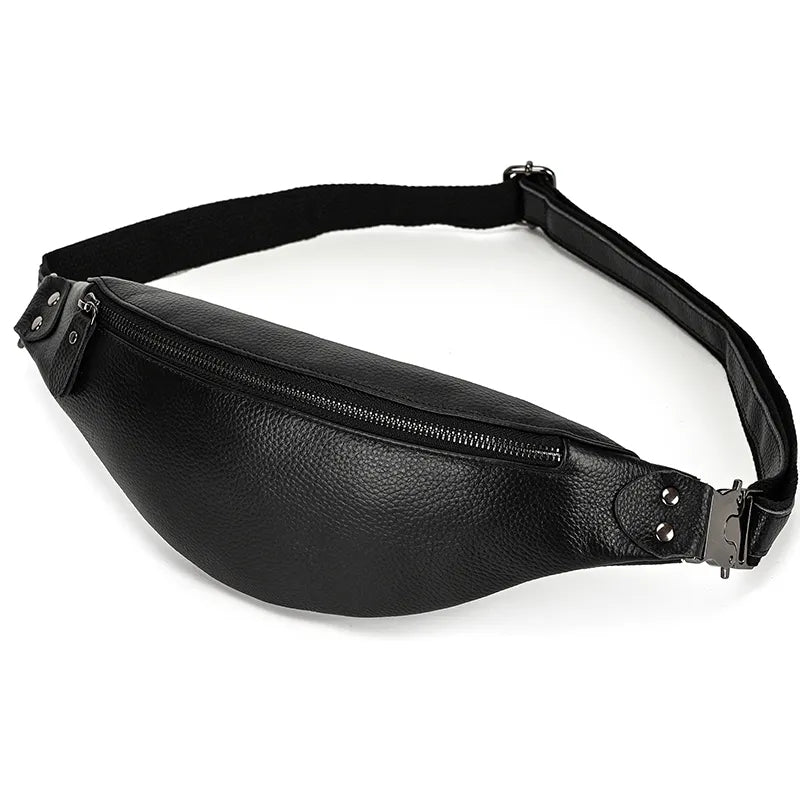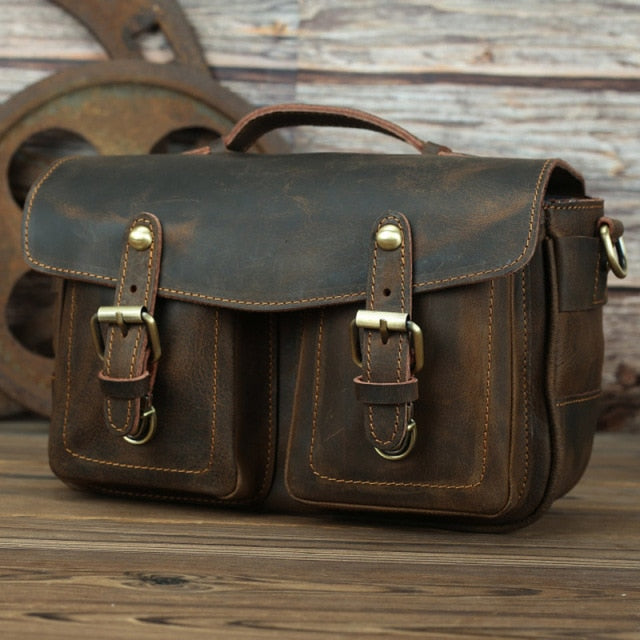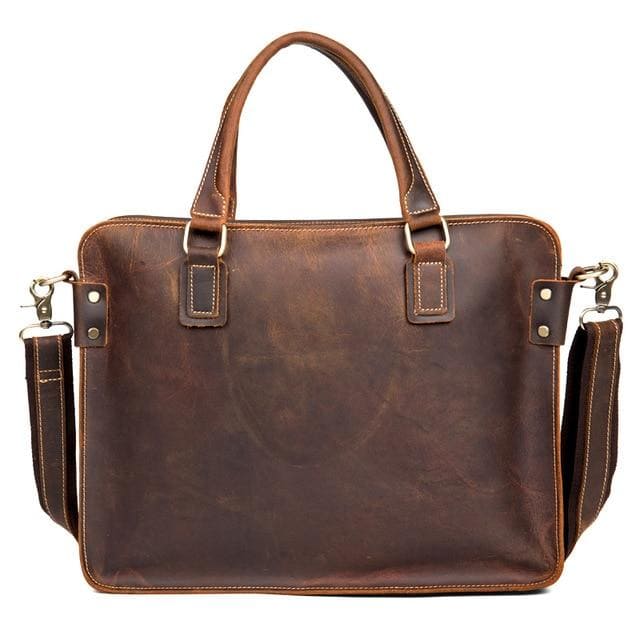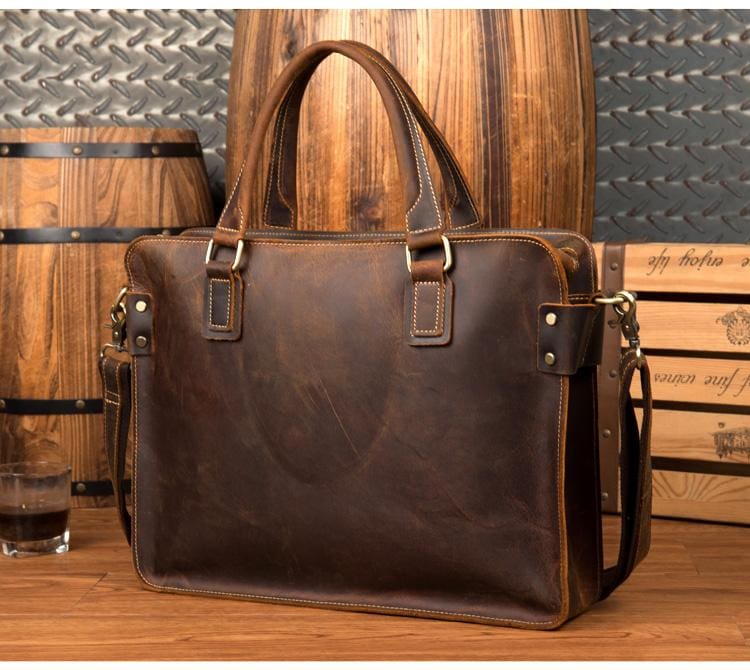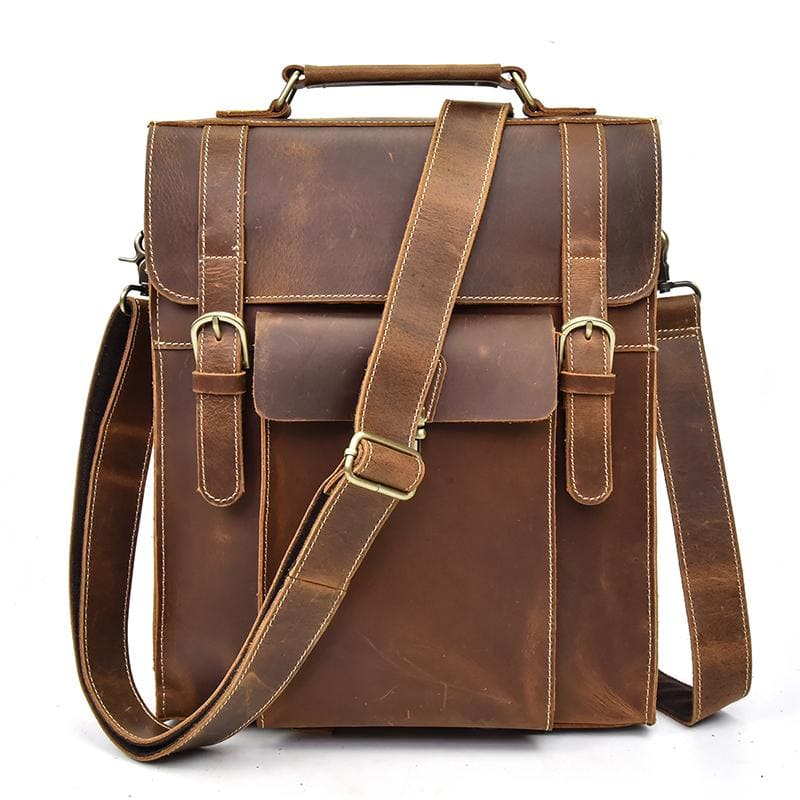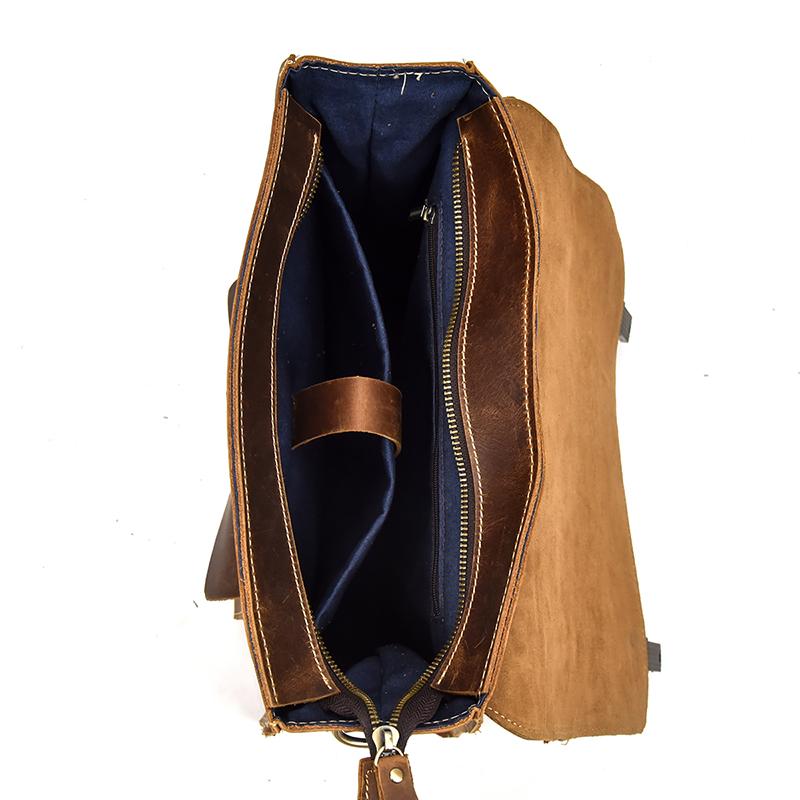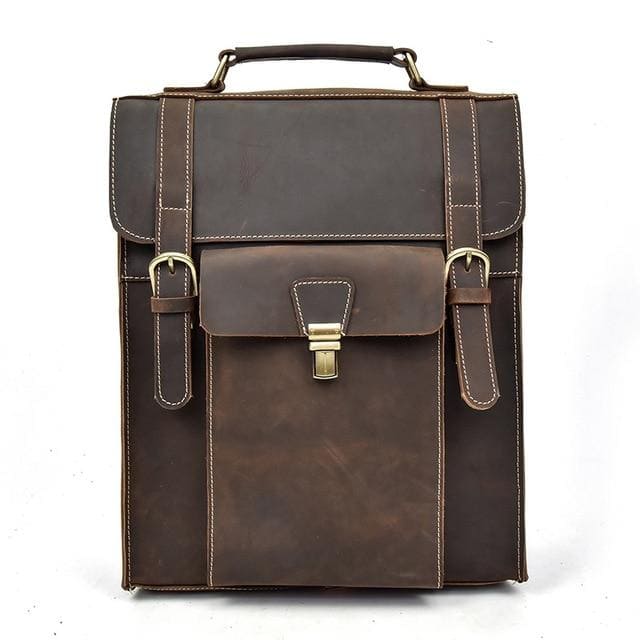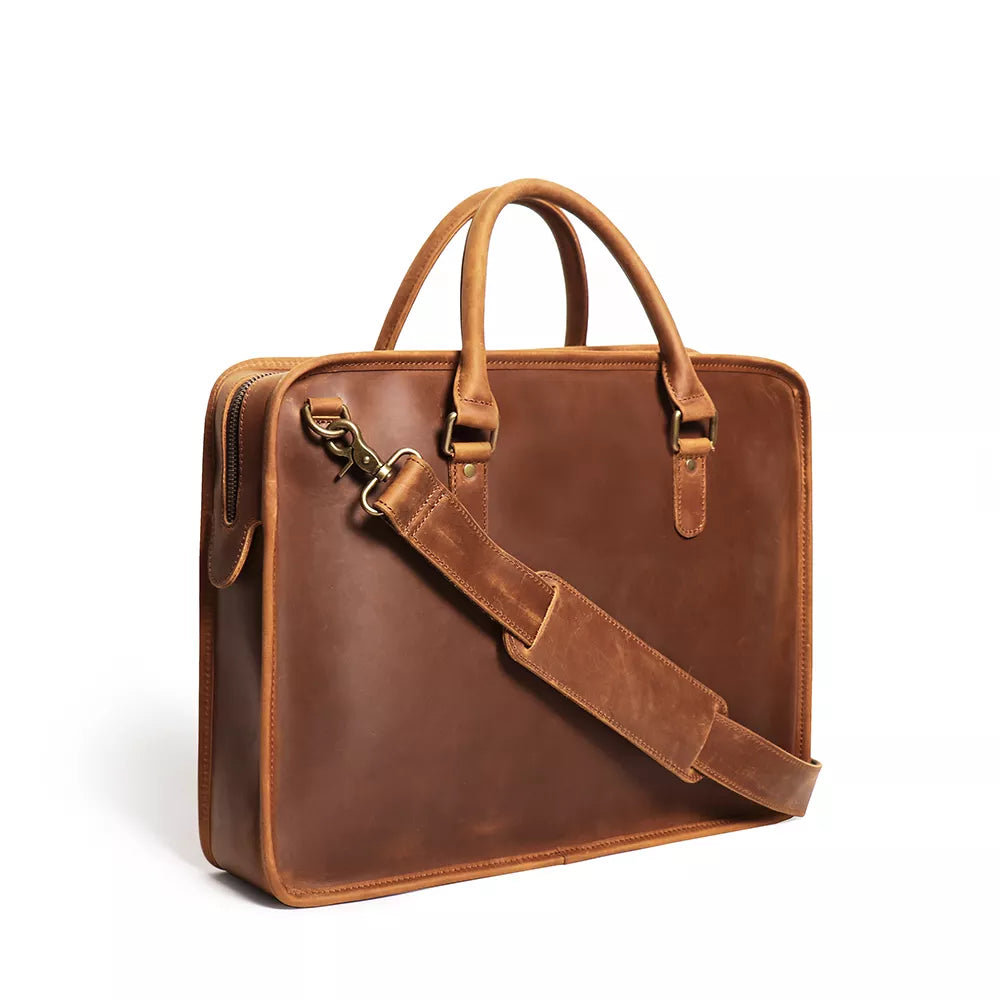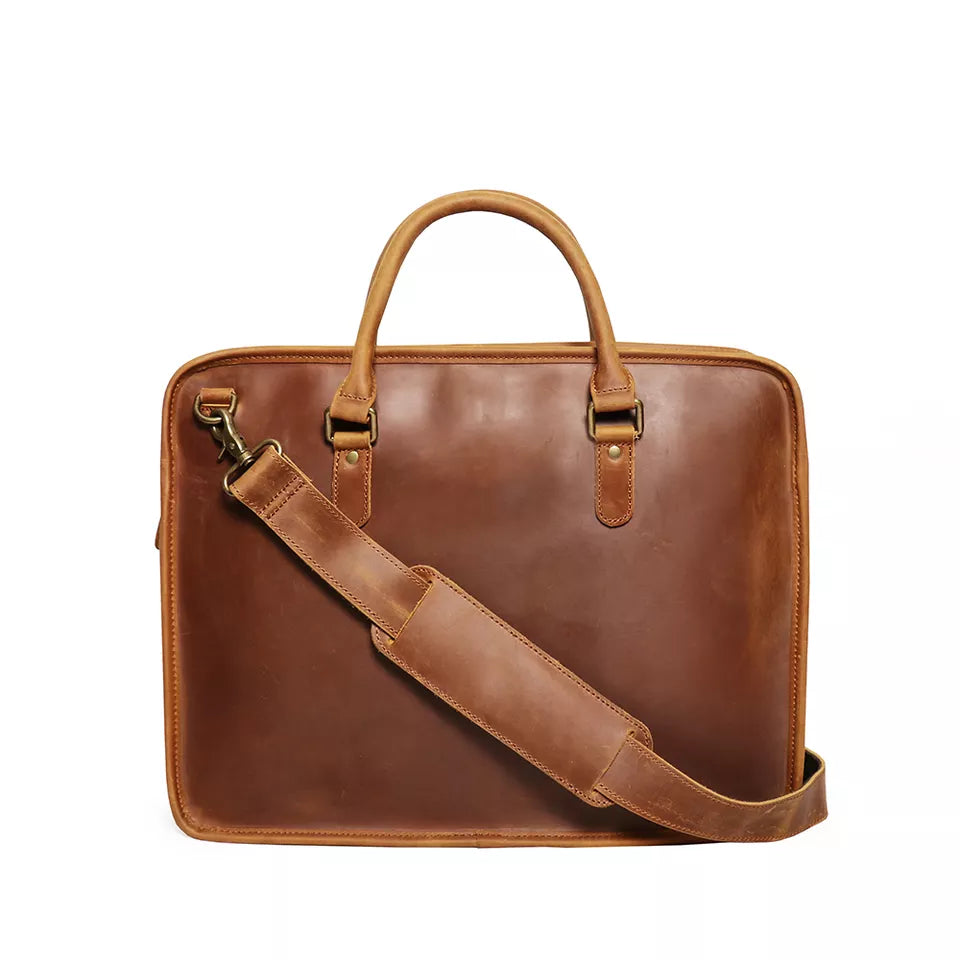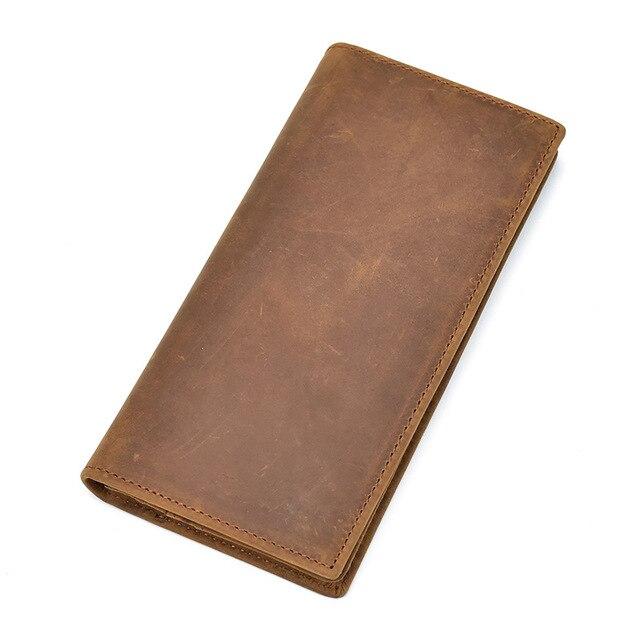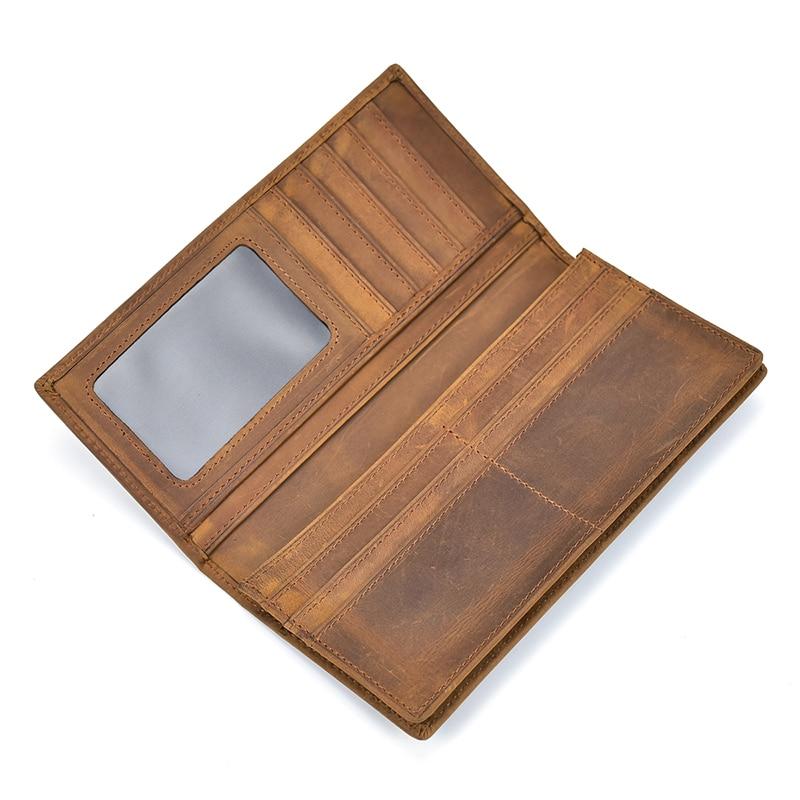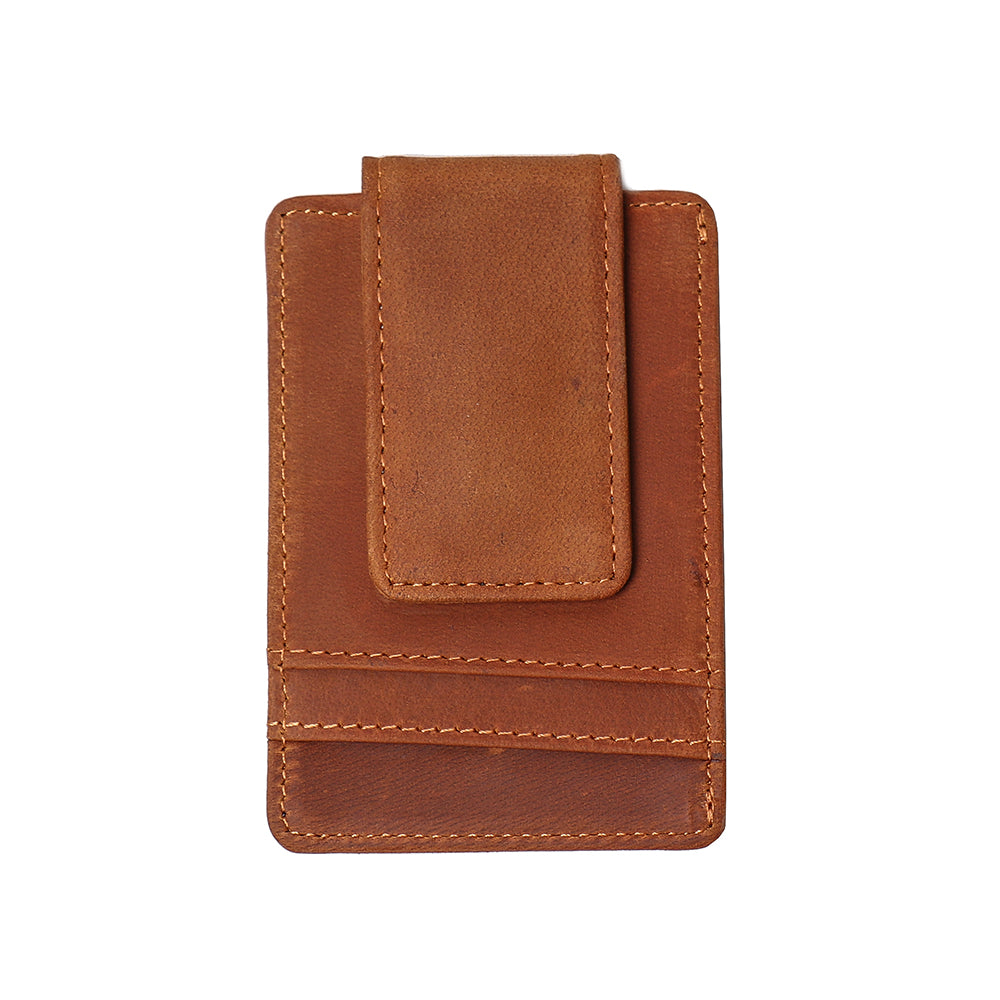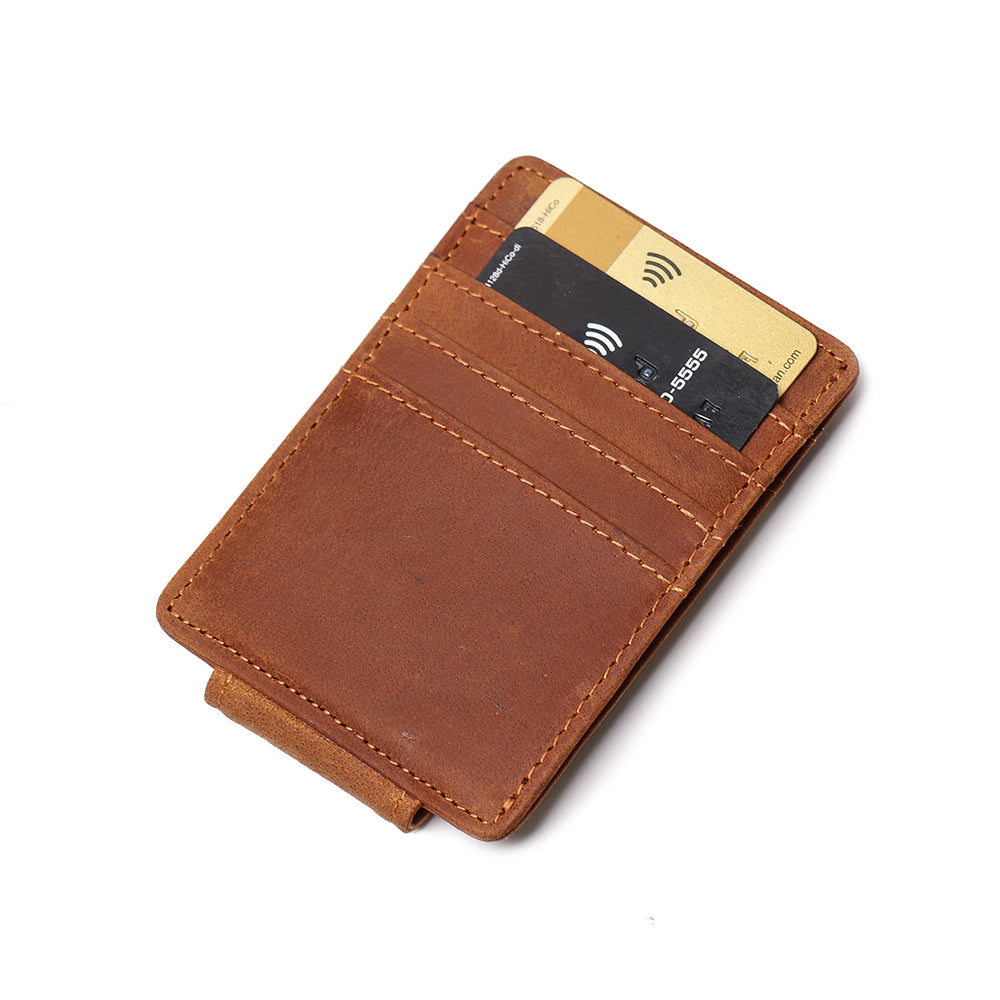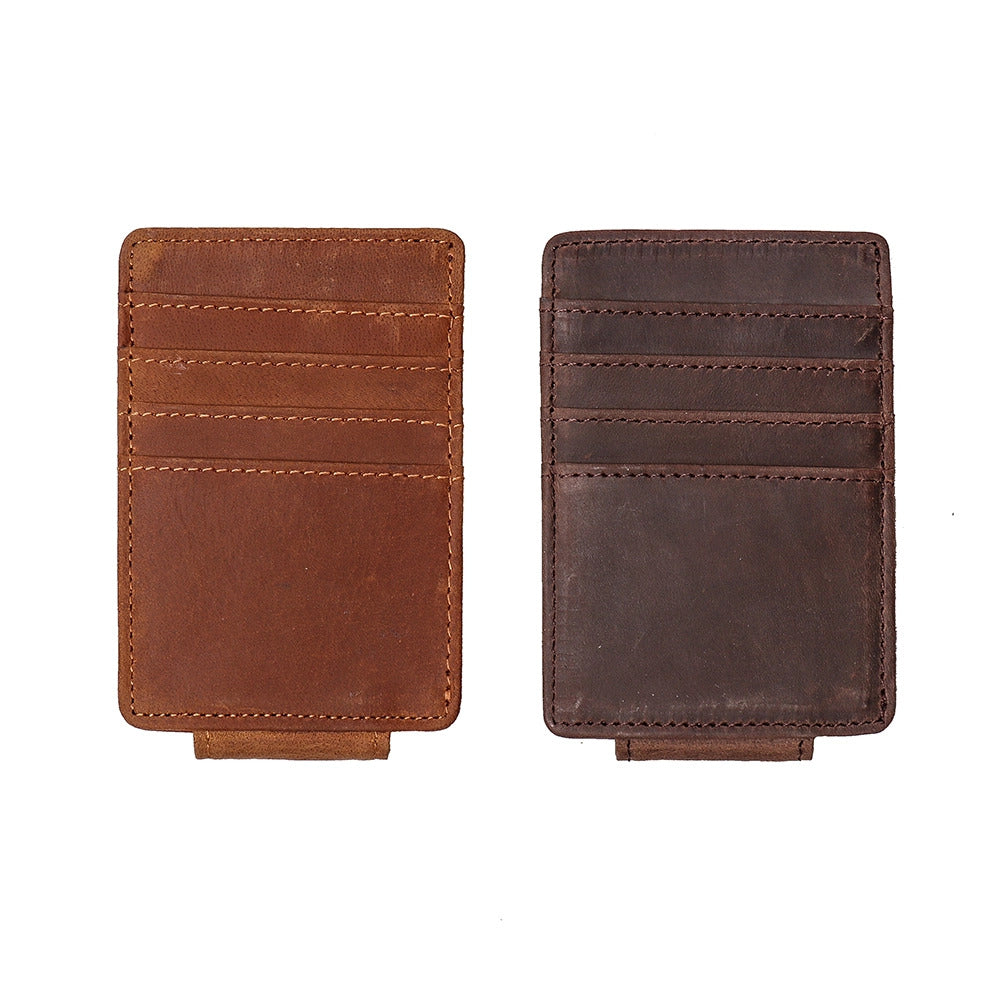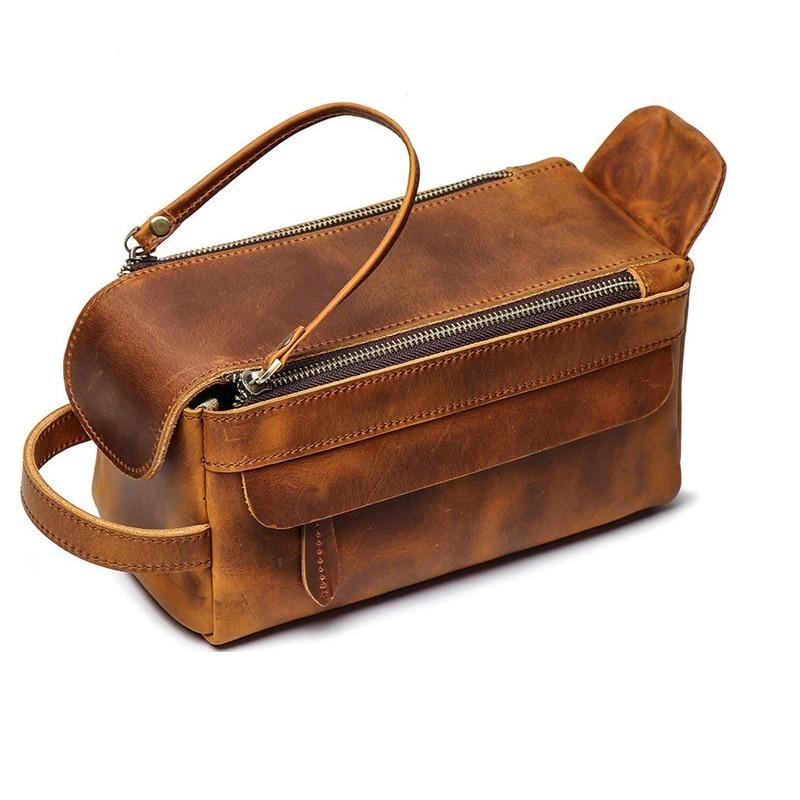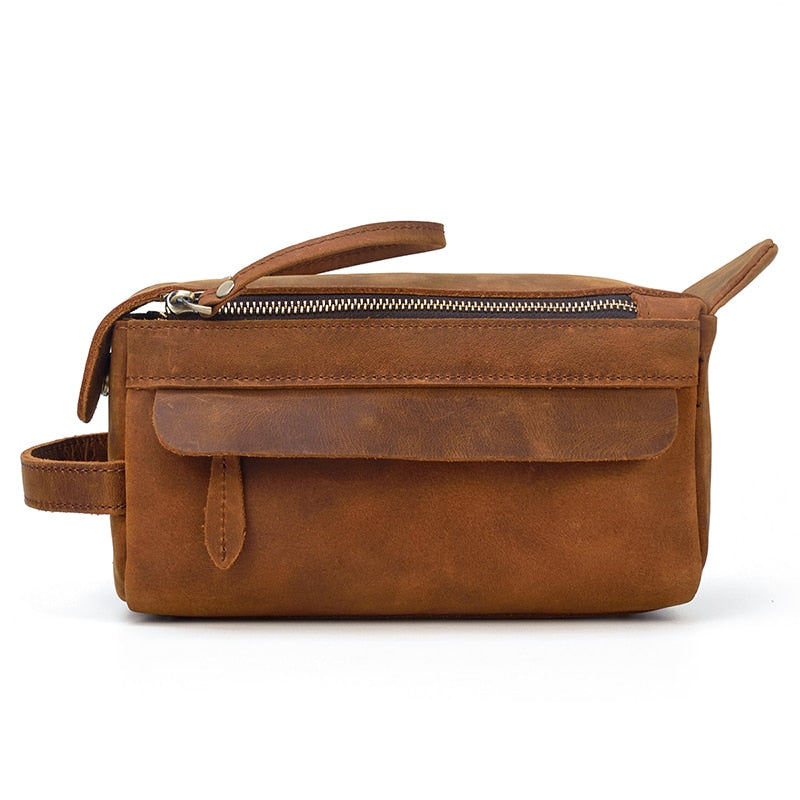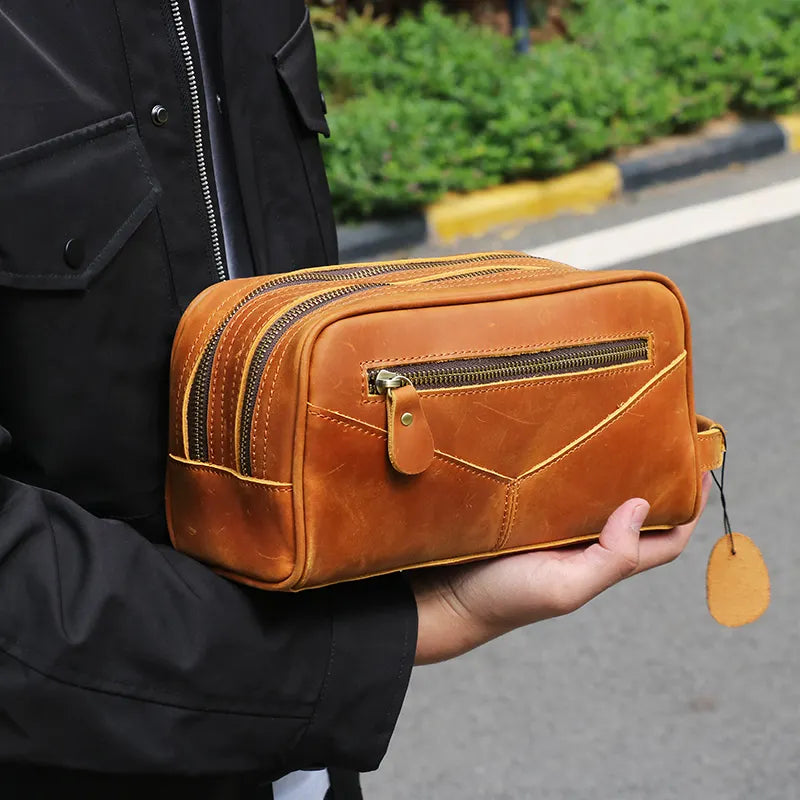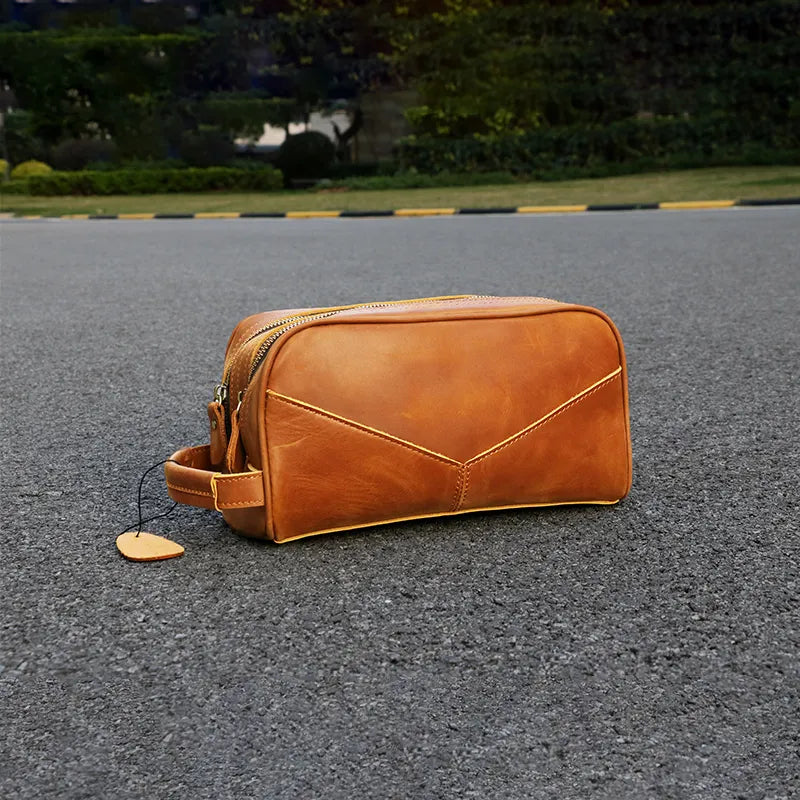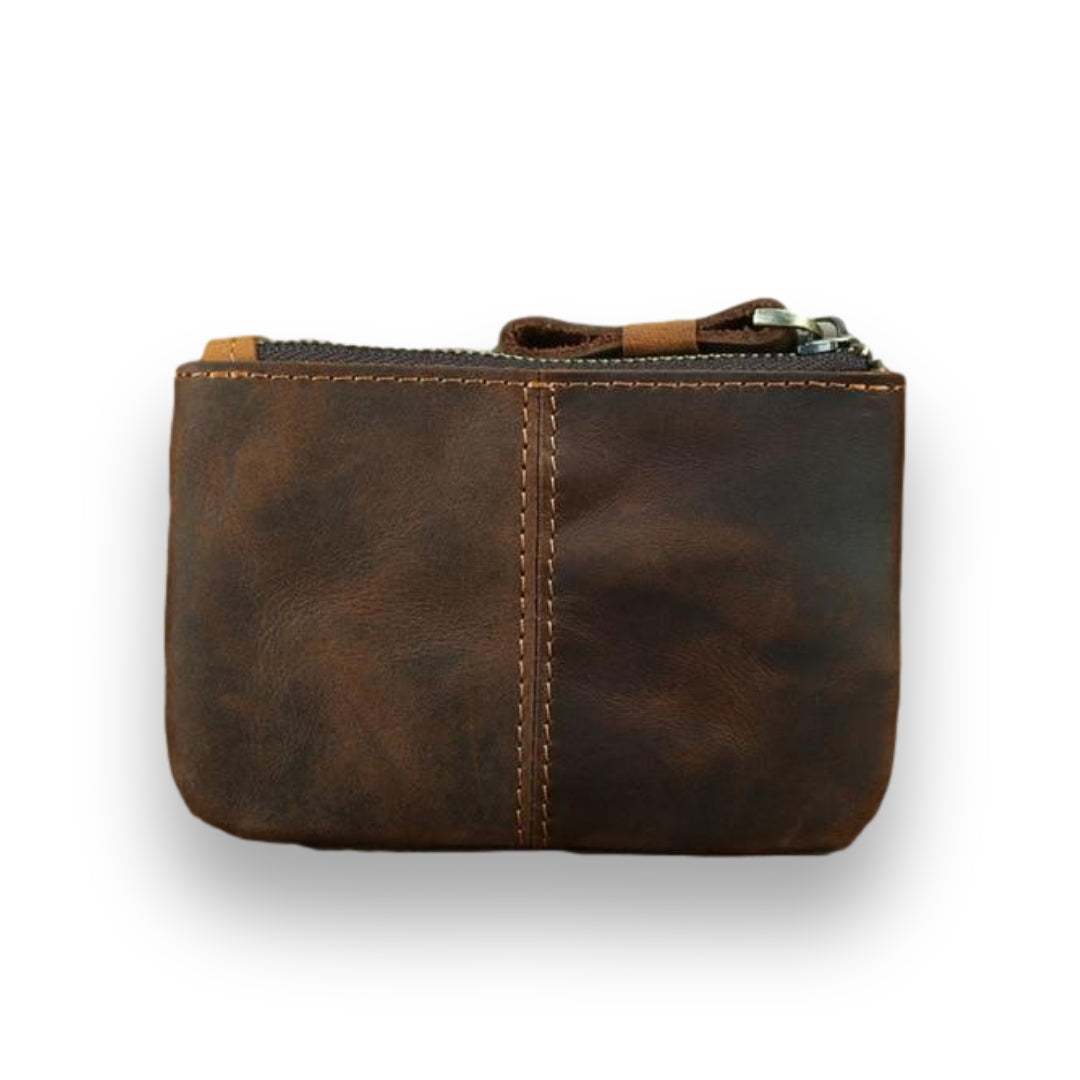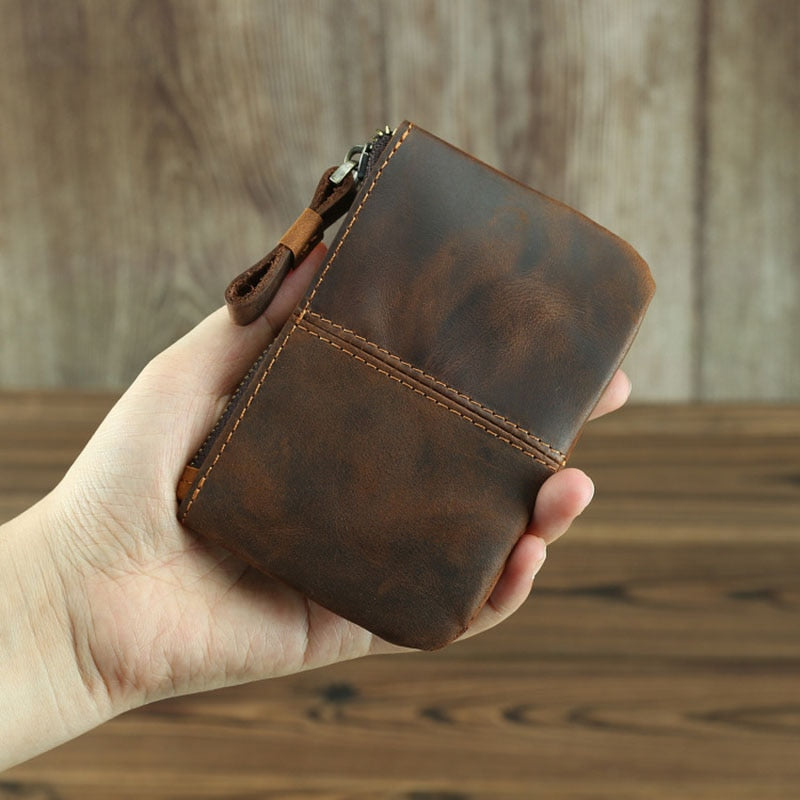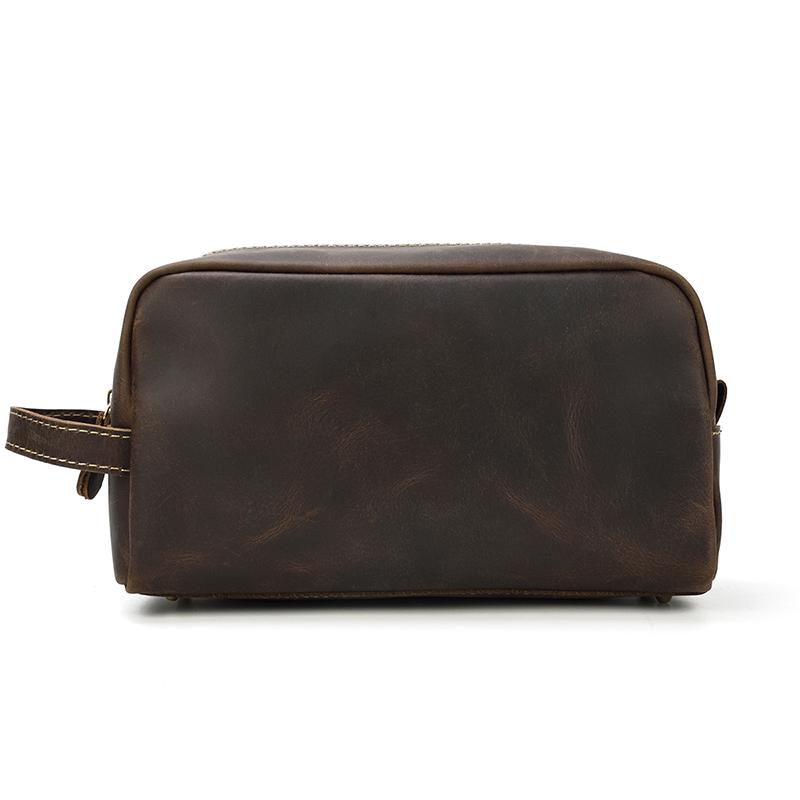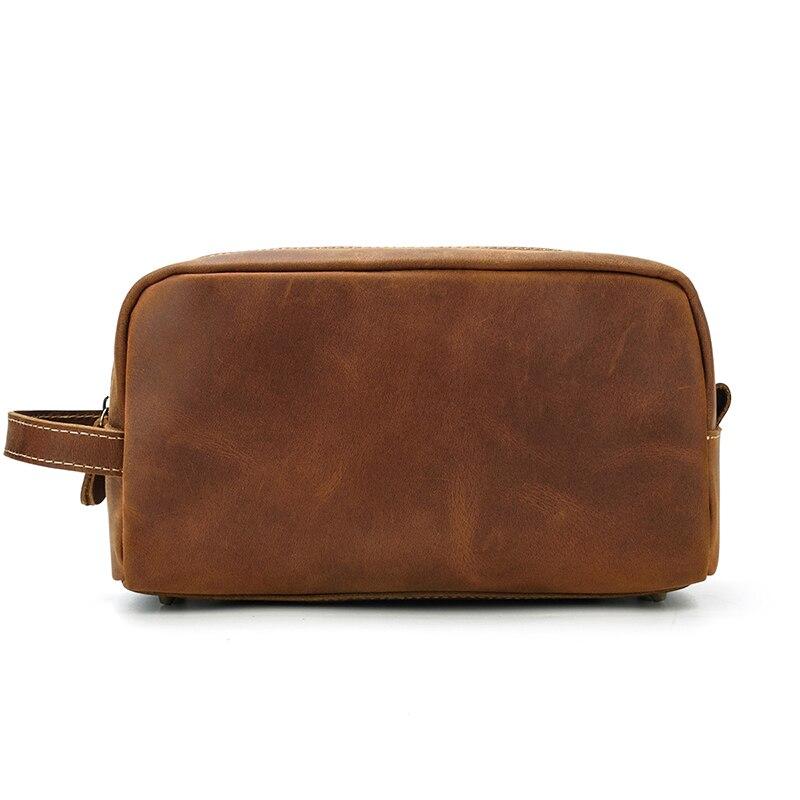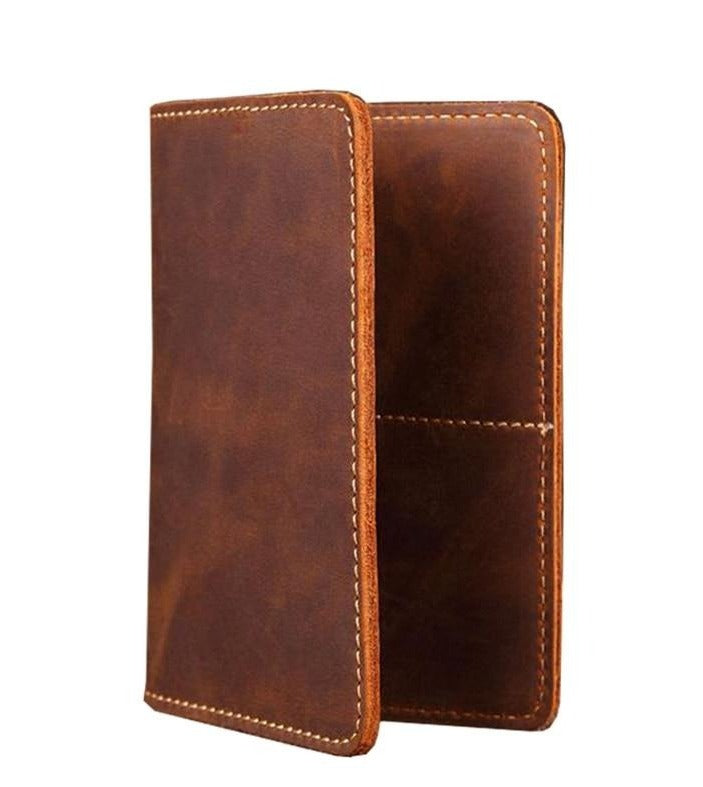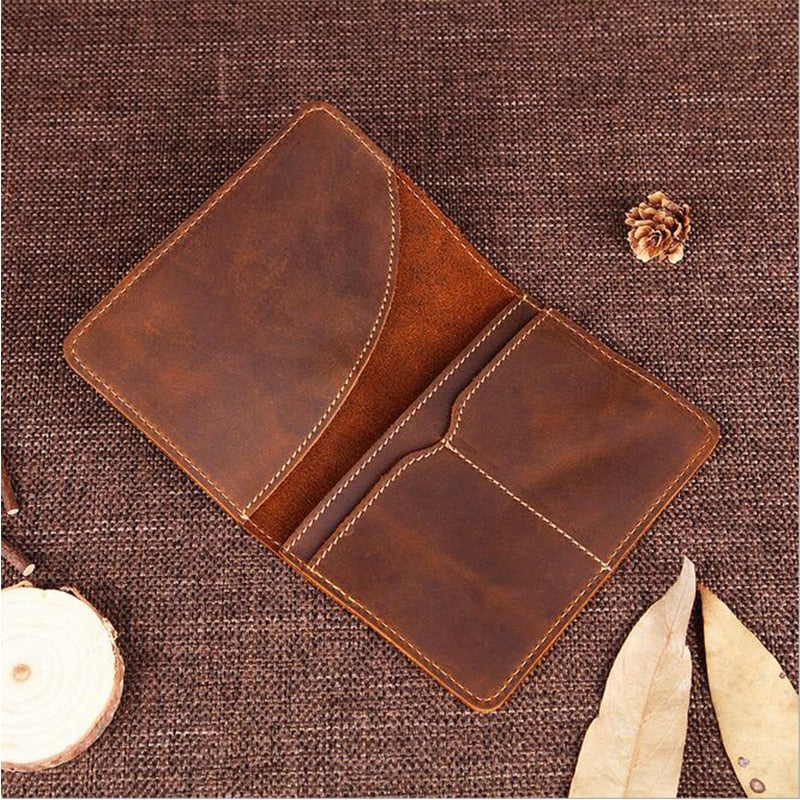It is impossible to foresee the event that your favorite vintage leather bag, shoes, and other accessories would get wet. This may be caused by rain, water spills, puddles, or even carelessness from strangers. A wet leather situation could literally pop out from nowhere! After it happens, we ask ourselves, "Does water ruin leather?" YES, if it is left untreated. Therefore, how we deal with the whole wet leather ordeal is crucial in preventing our leather from irreparable damage.
Key Takeaways
-
Water damages leather by combining with natural oils, which then evaporate together during drying, leaving the leather brittle and prone to cracking
-
Quick action is essential - gently blot excess water immediately and allow leather to air-dry naturally without artificial heat sources
-
Quality leather conditioner is crucial for restoring lost moisture and oils after water exposure, helping maintain flexibility and prevent cracking
-
Protective treatments like beeswax cream can create a water-resistant barrier, though they may darken light-colored leather
-
Different leather items require specific drying techniques - stuff bags and shoes with paper, hang jackets on wide hangers, and keep wallets closed while drying
Why Trust Our Leather Care Expertise?
At Steel Horse Leather, our expertise in leather care comes from decades of hands-on experience crafting premium leather goods using traditional methods passed down through generations. Our master artisans have dedicated their lives to perfecting the art of leather craftsmanship, giving them an intimate understanding of how different types of leather react to various conditions, including water exposure. This deep knowledge of leather's properties, fiber structure, and behavior allows us to provide you with proven techniques that actually work to preserve your valuable leather investments.
We don't just sell leather products – we live and breathe leather every day. Our comprehensive understanding extends from sourcing the finest raw materials to the intricate tanning processes that determine how leather will respond to moisture. We've carefully studied and vetted numerous leather providers, learning about different tanning methods, including vegetable-tanned leather which we frequently use in our products. This extensive background means when we share advice about water damage prevention and leather restoration, it comes from real-world experience handling thousands of leather pieces and understanding exactly what works and what can cause further damage.
Our obsessive attention to leather quality and care techniques ensures that the guidance we provide isn't just theoretical – it's battle-tested knowledge that we apply to our own premium products daily. When you follow our expert recommendations, you're benefiting from the same care methods we use to maintain the leather goods that represent our reputation and craftsmanship standards.
The Science Behind Water Damage to Leather

Water easily permeates leather. Leather contains oils that make the material durable and flexible. When the leather absorbs water, the oils combine with the water molecules. You don't want this to happen because as the leather dries, the oils evaporate with the water molecules. Consequently, the leather loses its oils which causes the leather to become brittle and form cracks. However, don't you worry! Our Leather Experts here at Steel Horse Leather will help you deal with the situation. In the next section, our experts will help you answer how do I prevent water from ruining leather?
How to Prevent Water from Ruining Leather
A small water spill won't ruin leather, but if left to dry, it can leave an unwanted stain. This is especially true for vegetable-tanned leather. Water ruins leather if it soaks into the material and is left untreated. Act fast to save your leather goods! Follow these tips from leather experts to prevent water from causing damage.
| Step | Action | Method & Important Reminders |
|---|---|---|
| 1. Dry It | Remove water from the surface and allow the leather to dry. |
|
| 2. Condition It | Apply a high-quality leather conditioner to nourish and restore the material. |
|
| 3. Buff It | Remove any remaining conditioner and polish the leather's surface. |
|
| 4. Protect It | Apply a protective layer to prevent future water damage. |
|
1. Dry It
Get a dry cloth, and gently soak the water away from the leather. After doing so, gently wipe off the excess water. Do not rub the leather vigorously, otherwise, it might leave unwanted scratches. Another important reminder to keep in mind is to let the material dry NATURALLY. Do not apply artificial heat, such as a blow dryer and other artificial heat sources, because it could easily damage the leather. Be patient and just air-dry it.
For a leather jacket, hang it on a wide hanger and air-dry. For wallets, make sure to close it while drying; otherwise, you will have difficulty in closing it if it hardens during the process. For leather shoes, bags, and other leather accessories like our The Wanderer Toiletry Bag, you could elevate it and stuff it with crumpled papers. This will help the leather retain its shape, and absorb the moisture from the inside.
The Wanderer Toiletry Bag | Genuine Leather Toiletry Bag
2. Condition It
After wiping off the excess water, apply a good quality leather conditioner on the material. A good quality leather conditioner contains nourishing ingredients that are easily absorbed by leather. The conditioner penetrates into the material, nourishes its fibers, and restores the leather's suppleness and flexibility. Moreover, it seeps deep into the material and replenishes the lost moisture that was stripped away from water evaporation. This helps prevent the leather from cracking and other damages.
After conditioning, leave the conditioner on the leather overnight and let it work wonders into the leather. If there are still dry patches on your leather apparel, apply extra conditioner.
3. Buff It
Once the conditioner has dried, carefully buff the entire surface of the product with a dry cloth.
Congratulations! You have successfully prevented water from further damaging your favorite leather apparel. However, taking care of your favorite leather apparel should not end there. You have to be prepared of protecting your leather apparel from future water damage. Our leather experts suggest a fourth step to prevent your leather apparel from getting wet and from damaging it easily.
4. Protect It
Although some good quality leather conditioners already contain ingredients that protect the leather from water penetration, you can also opt to apply another layer of product such as beeswax cream. Beeswax cream contains properties that are dense and capable of spilling water.
After buffing the entire surface of your leather apparel, apply a layer of Beeswax cream. However, it is best to test a small patch before applying the product to the entire surface. This is because beeswax tends to cause a darkening effect that could possibly change the appearance of your leather. You should definitely take note of this especially when you own a light-colored leather accessory.
Applying Beeswax Protection for Leather

Follow these steps to protect your leather from getting wet:
Make sure to clean the surface of the item to maximize the wax's effectiveness.
Put a small amount of wax onto a clean and dry cloth, and then apply it to the item.
Do not apply the beeswax directly. You can repeat this step if necessary.
Leave the wax on for about an hour, and let it air-dry.
Do NOT use artificial heat. Once the was has totally dried, buff it with a clean and dry cloth.
Frequently Asked Questions
ow Long Should I Wait Before Conditioning Wet Leather?
You should apply leather conditioner after you've blotted away excess water but while the leather is still slightly damp. This allows the conditioner to penetrate more effectively, particularly with full-grain leather and vegetable-tanned leather that can absorb conditioning treatments deeply. Let the conditioner work overnight before buffing, and don't wait until the leather is completely dry as this can make conditioning less effective. Proper leather maintenance at this stage helps prevent fungal growth that can occur when moisture is trapped in the material.
Can I Use a Hair Dryer on Low Heat to Speed Up Drying?
No, avoid using any artificial heat sources including hair dryers, even on low settings. Artificial heat can cause leather to dry too quickly, leading to cracking, shrinkage, and permanent damage. This is especially true for chrome-tanned leather, which can be more sensitive to temperature changes during the tanning process. Always allow leather to air-dry naturally at room temperature, even though it takes longer. Whether you're drying a travel bag, messenger bag, or toiletry bags, patience during the drying process is essential for maintaining the leather's integrity.
What's the Difference Between Water Stains and Water Damage?
Water stains are surface-level discoloration that occurs when water dries on leather, particularly vegetable-tanned leather. These stains can sometimes be accompanied by salt stains if the water contains minerals or if the leather has been exposed to road salt. Water damage is more serious structural harm where the leather loses its natural oils, becomes brittle, and may crack. Stains are primarily cosmetic, while damage affects the leather's water resistance and durability. Note that faux leather typically responds differently to water exposure compared to genuine leather materials.
How Often Should I Apply Protective Treatments Like Beeswax?
Apply protective treatments every 3-6 months depending on usage and exposure conditions. Leather wax and water repellent sprays can help maintain your leather's natural defenses against moisture. If you frequently use your leather items in wet conditions or notice water is no longer beading on the surface, it's time to reapply waterproofing spray or other protective treatments. Always test stain repellent products on a small, hidden area first since these treatments can darken the leather.
Is Expensive Leather More Resistant to Water Damage?
Higher quality leather often has better natural water resistance due to superior tanning processes and treatments, but no leather is completely waterproof. Full-grain leather typically offers the best durability and can be enhanced with appropriate waterproofing spray applications. Expensive leather may recover better from water exposure due to higher oil content and better construction, but it still requires the same careful treatment when wet. Regular application of leather conditioner and protective treatments helps maintain the water resistance of quality leather goods regardless of their initial cost.
Conclusion
You're done! Leather is a durable and fantastic material, which at the same time needs tender leather loving care. The next time you are faced with a wet leather situation, stop asking yourself "Does water ruin leather?" because it does! Water ruins leather IF you allow it to happen. We hope our expert tips were able to help you.
For more expert tips on how to take care of your leather bags and accessories, read here.





